[ad_1]
The highbush cranberry, also referred to as cranberry viburnum or American cranberrybush, is a little bit of a puzzle. It produces sweet-tart, vibrant crimson, cranberry-like fruits, but it’s not associated to the true cranberry.
American cranberrybush, Viburnum opulus var. americanum, is a number of viburnum and is native to northern North America. Including to the confusion, this deciduous native shrub is definitely confused with a weedy species from Europe, referred to as the European cranberrybush, Viburnum opulus.
North American gardeners will need to persist with the native species or one among its equally showy cultivars. You’ll then have a hardy and easy-to-grow native shrub with lovely spring flowers and colourful fall foliage. The white flowers and scarlet crimson berries present a feast for pollinators and songbirds, and the berries are edible and tangy, and make glorious fruity preserves!
Are you prepared so as to add some kind and colour to your woodland backyard, rain backyard, or chook backyard? Let’s dig proper into the main points and see if the highbush cranberry is a good selection on your panorama!
Garrett Wade Anvil Pruner
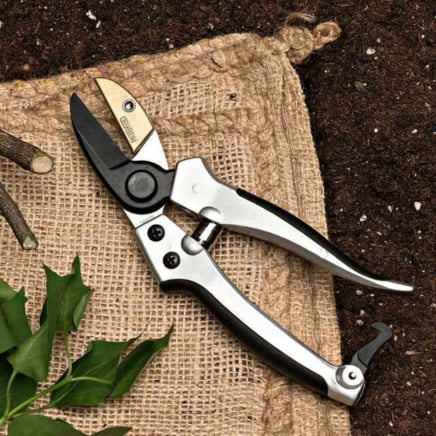

These are a really nice worth. The handles are properly formed, solid aluminum with rubber grips surfaces. Every has a spring-loaded snap catch.
Highbush Cranberry Overview
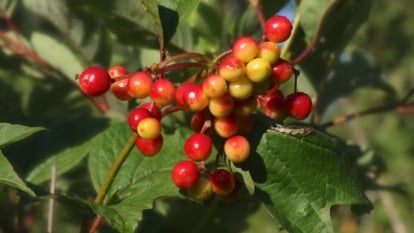

|
|
|
|
Plant Pure Historical past
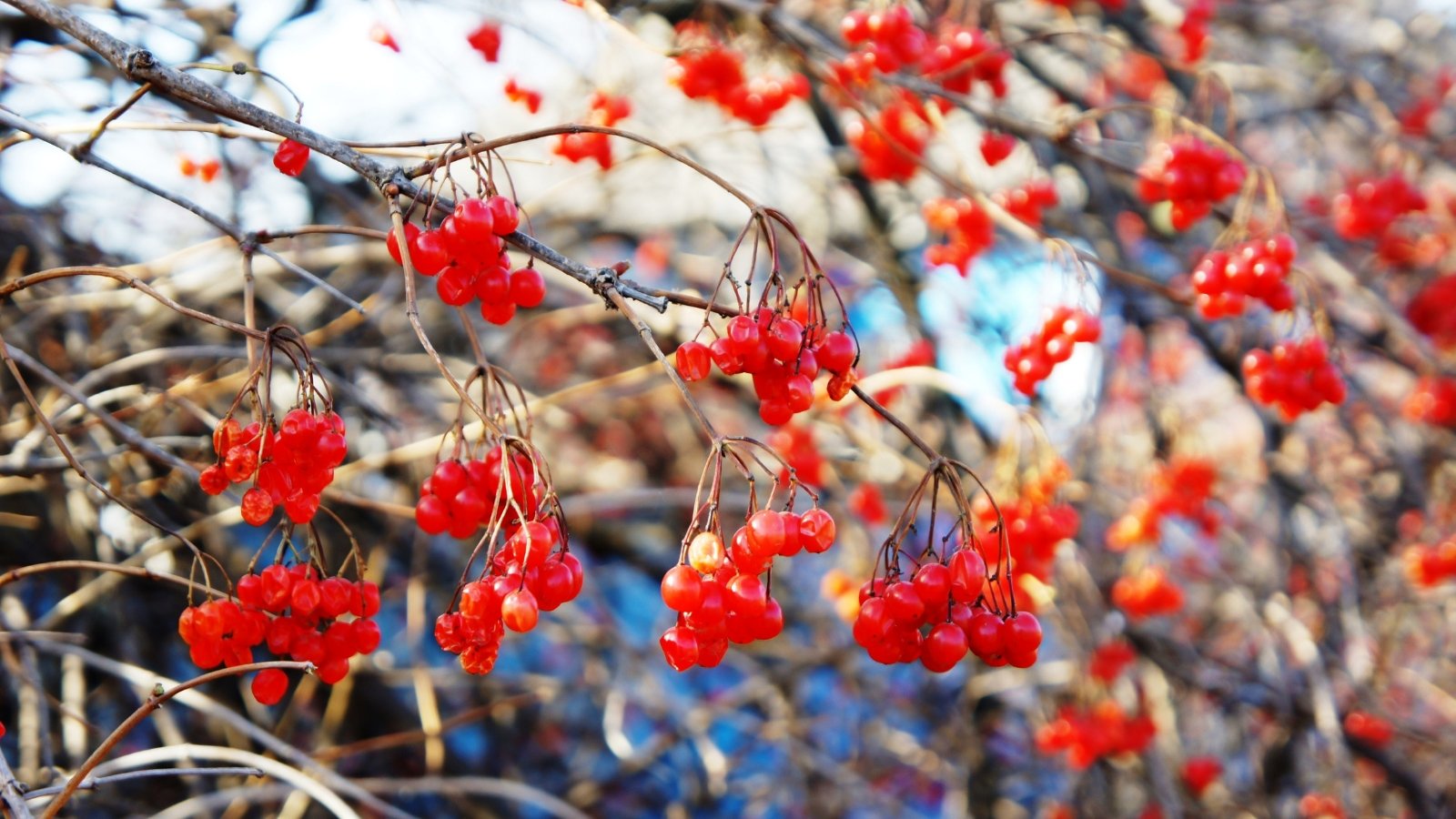

Regardless of its title, the highbush cranberry is not associated to true cranberries (Species Vaccinium, household Ericaceae). Highbush cranberry is a member of the Moschatel household (Adoxaceae), which consists of about 200 species of herbs, shrubs, and small bushes, many with showy flowers and fruits. It was beforehand grouped within the honeysuckle household (Caprifoliaceae).
The native vary of the highbush cranberry consists of all the northern United States and Canada. The vary extends as far south as Colorado, Illinois, and West Virginia. It can develop within the cooler mountain areas of extra southern states however isn’t thought-about native in these areas.
In its pure habitat, highbush cranberry is primarily an understory shrub that inhabits woodland margins and open hardwood forests. It prefers moist soils and is usually discovered alongside streams and wetland edges. This is a vital wildlife plant all through its vary and in addition provides meals and medicinal worth for people.
Don’t confuse the native highbush cranberry with an identical species, the European cranberrybush (Viburnum opulus). European cranberrybush has escaped cultivation and naturalized in lots of northern states and Canada. The European species competes with the native highbush cranberry and different native crops. The fruits of the European cranberry bush are not palatable, nor are they favored by wildlife.
Traits
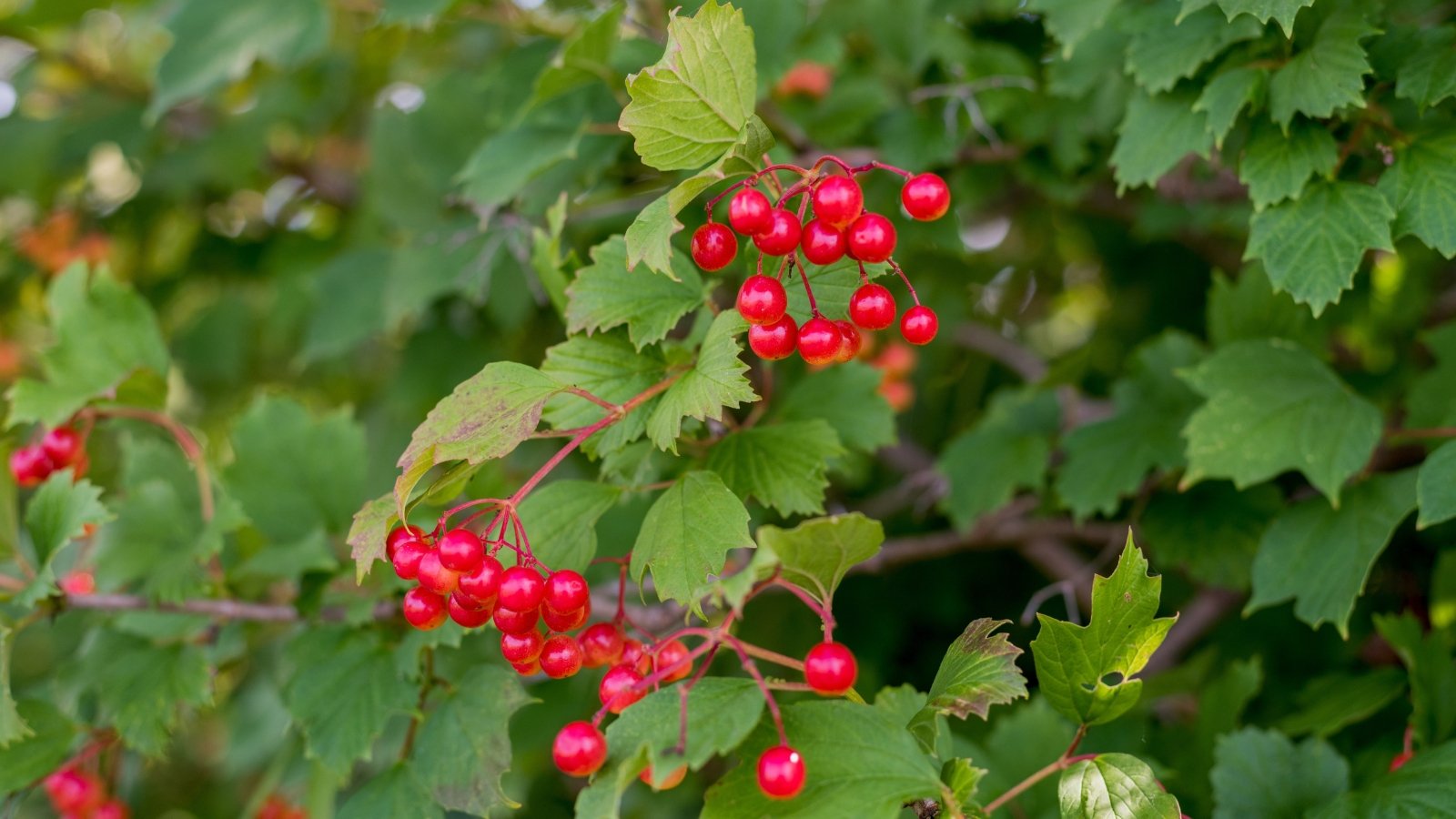

The highbush cranberry is a deciduous shrub with a most top of eight to 12 toes. It has a medium progress price and can mature right into a multi-stemmed shrub with a rounded, vase-like kind. It has skinny bark with a clean to scaly texture and a lightweight grey to tan colour. Smaller stems have a reddish tint.
The leaves considerably resemble maple leaves, sometimes with three distinctive pointed lobes. The leaves measure three to 6 inches lengthy and one to a few inches throughout. They’re reverse alongside the stems and coarsely toothed. Coloration through the rising season is uniformly medium inexperienced. Within the autumn, the leaves flip golden yellow, adopted by shades of crimson, burgundy, and purple.
Highbush cranberry blooms within the spring. Its lacy white flowers kind in flat-topped clusters. Every mass of flowers consists of two distinctly completely different flower varieties. The outer flowers are sterile however very showy. These are bigger and pure white with 5 rounded petals. The interior flowers are fertile and far more considerable. These interior flowers are a lot smaller, creamy white, and have 5 recurved petals and outstanding yellow-tipped anthers.
Shiny crimson berry-like drupes mature within the fall. These will be harvested and eaten uncooked or preserved as jellies and jams. They’ve a sweet-tart taste and can be utilized as an alternative choice to conventional cranberries.
Propagation
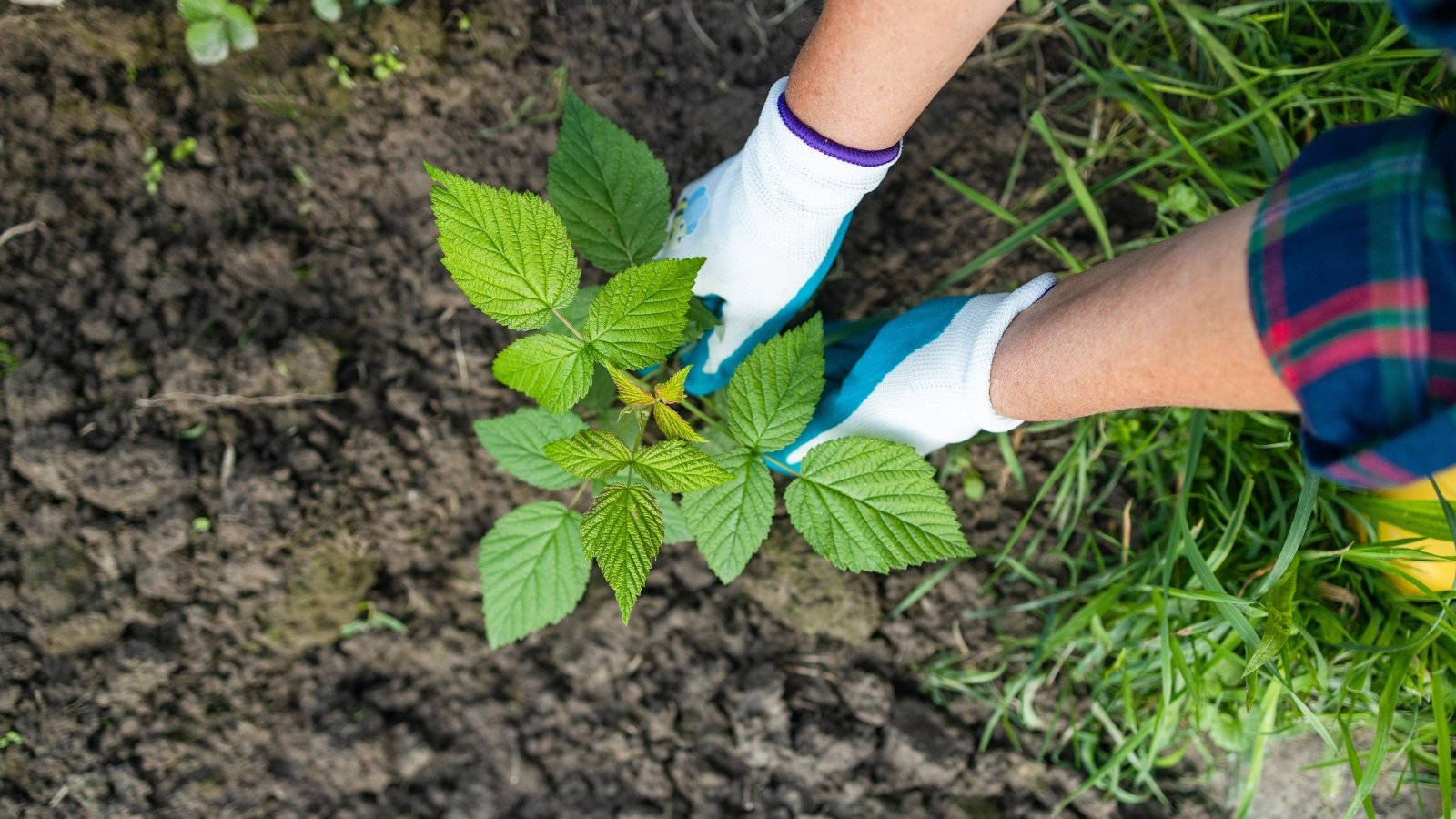

Highbush cranberry is most simply propagated by seed, stem cuttings, or division.
Seed
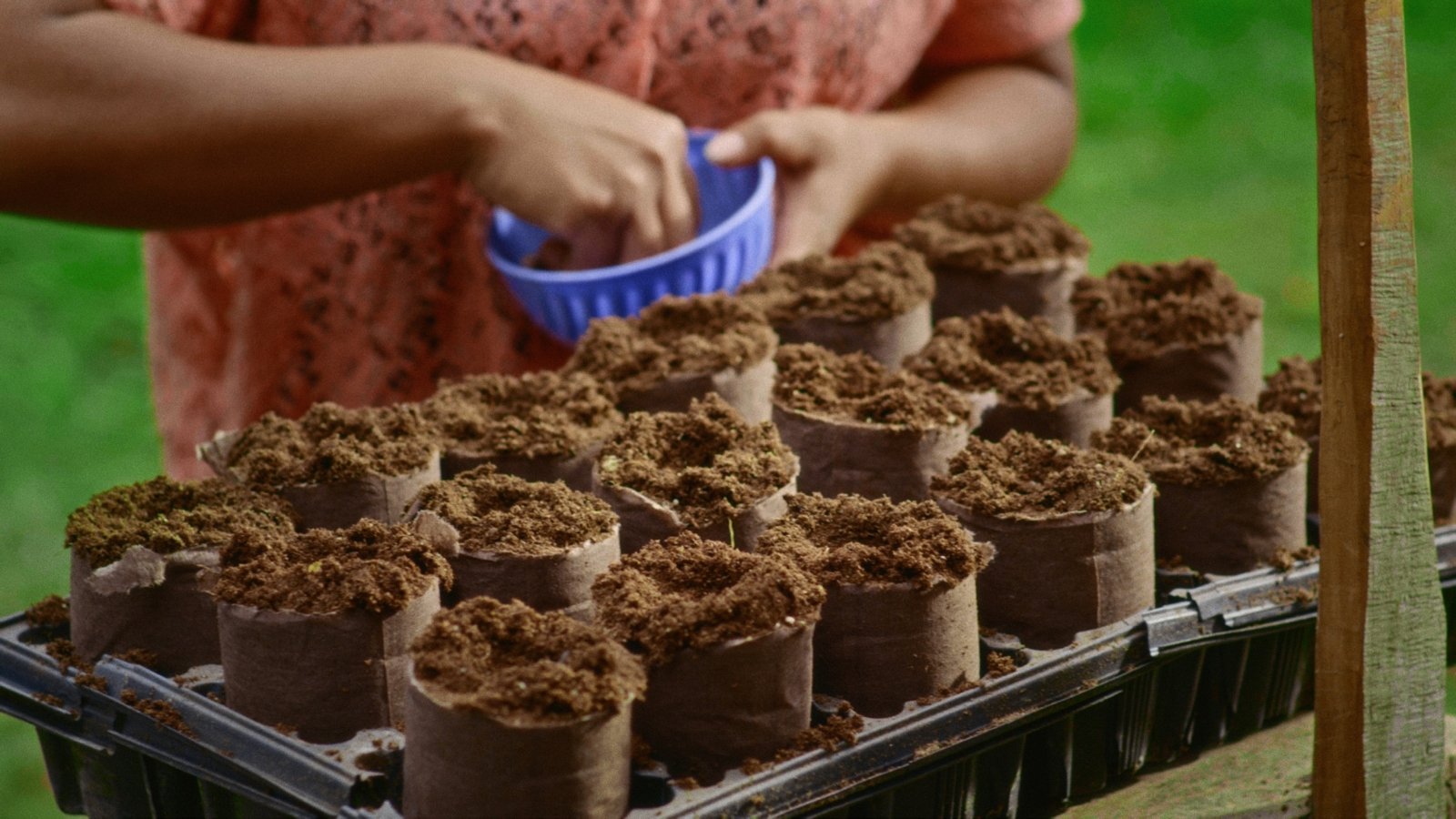

You should purchase highbush cranberry seeds or harvest ripe fruits and accumulate your personal seeds. Sow the seeds open air within the fall, setting them ¼ to ½ inch deep. Enable them to overwinter; this era of chilly stratification will enable them to interrupt dormancy the next spring.
When new seedlings emerge, hold them moist and shielded from digging and burrowing animals. After two or three years, the seedlings shall be massive sufficient to be transplanted to a everlasting location, as wanted.
Division
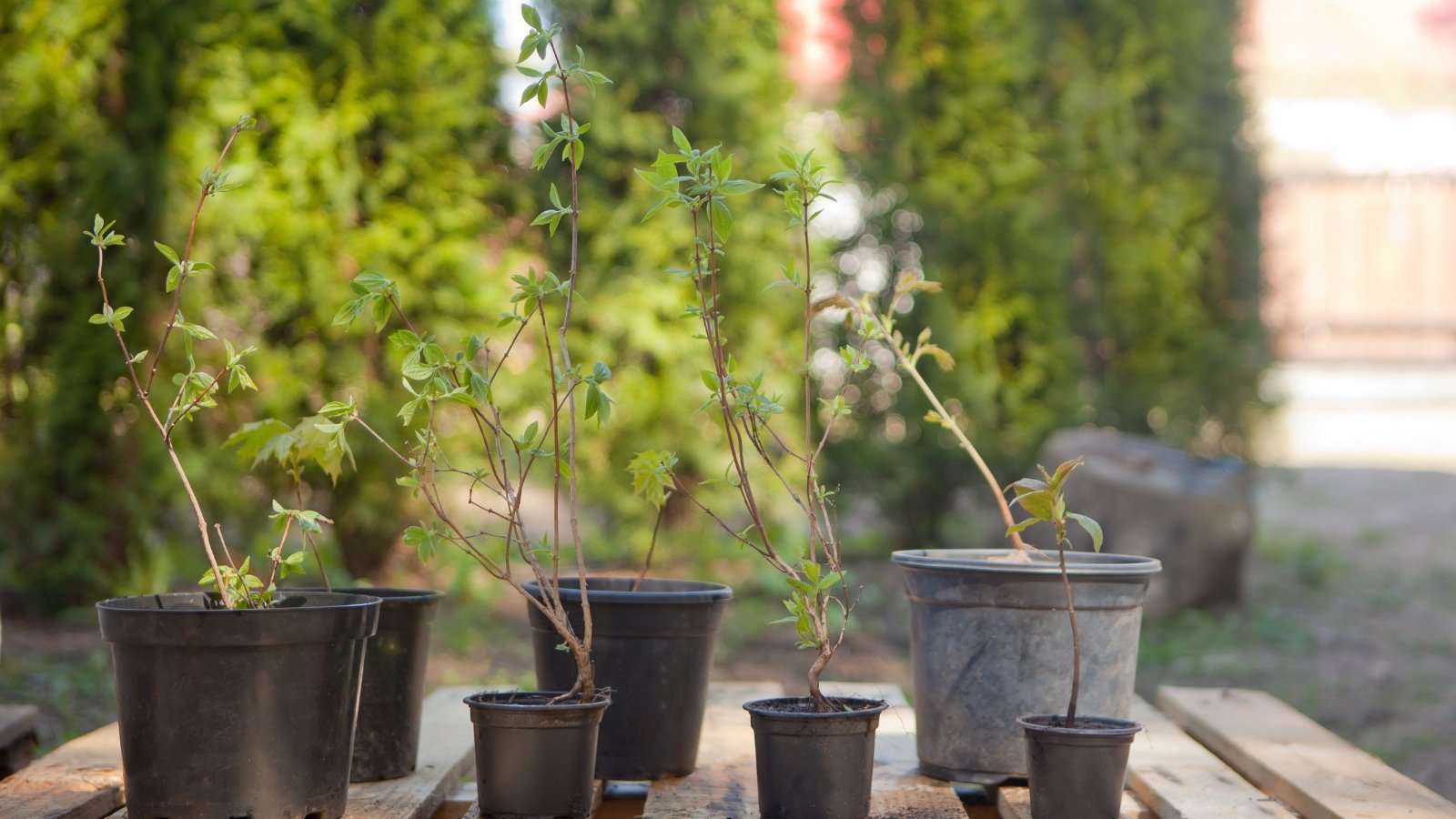

When you’ve got a mature highbush cranberry shrub that has began to ship up new shoots from across the root space, you’ll be able to propagate your plant by division. Dig up a wholesome root sprout with a wholesome stem and part of roots connected. It’s possible you’ll want to make use of a sharp spade or pruners to assist reduce by way of any thicker sections of root.
As soon as separated from the guardian plant, transplant your division instantly and water it effectively. Refill the realm you dug out with recent soil and water it as effectively. Maintain your newly divided crops well-watered for the subsequent a number of days to assist them get better from transplant shock.
Cuttings
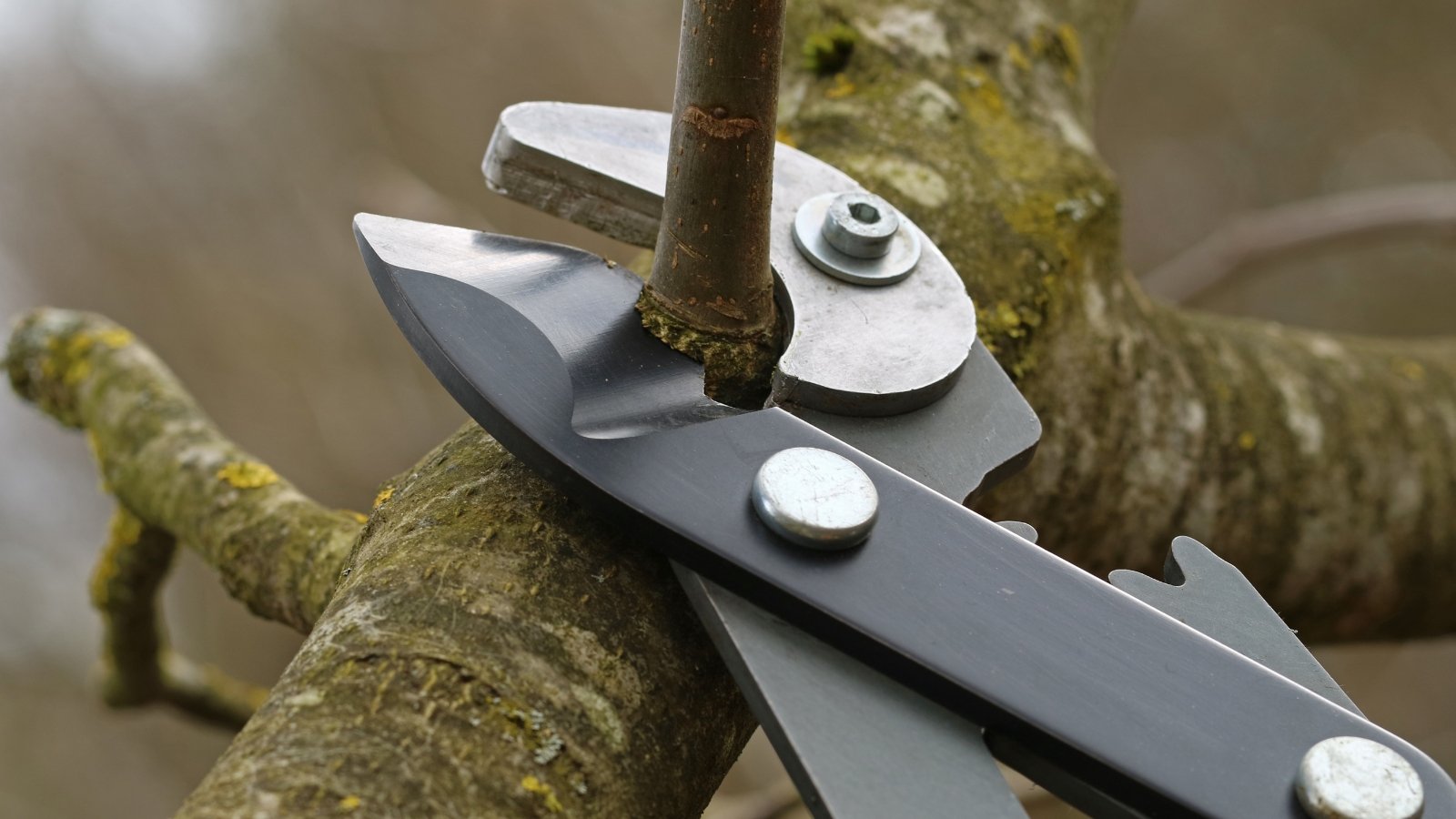

You’ll be able to propagate viburnums from softwood cuttings within the spring or hardwood cuttings within the fall. Use sharp clippers to gather wholesome cuttings six to 10 inches lengthy. Take away the leaves from the decrease half of your cuttings and dip the stripped stems in a rooting hormone.
Plant your cuttings in pots crammed with recent potting soil. Maintain them in a sheltered location with vibrant, oblique mild, and hold the soil moist. The cuttings ought to root in six to eight weeks. You’ll know in case your cuttings are profitable once they develop new leaves and develop taller.
Transplanting
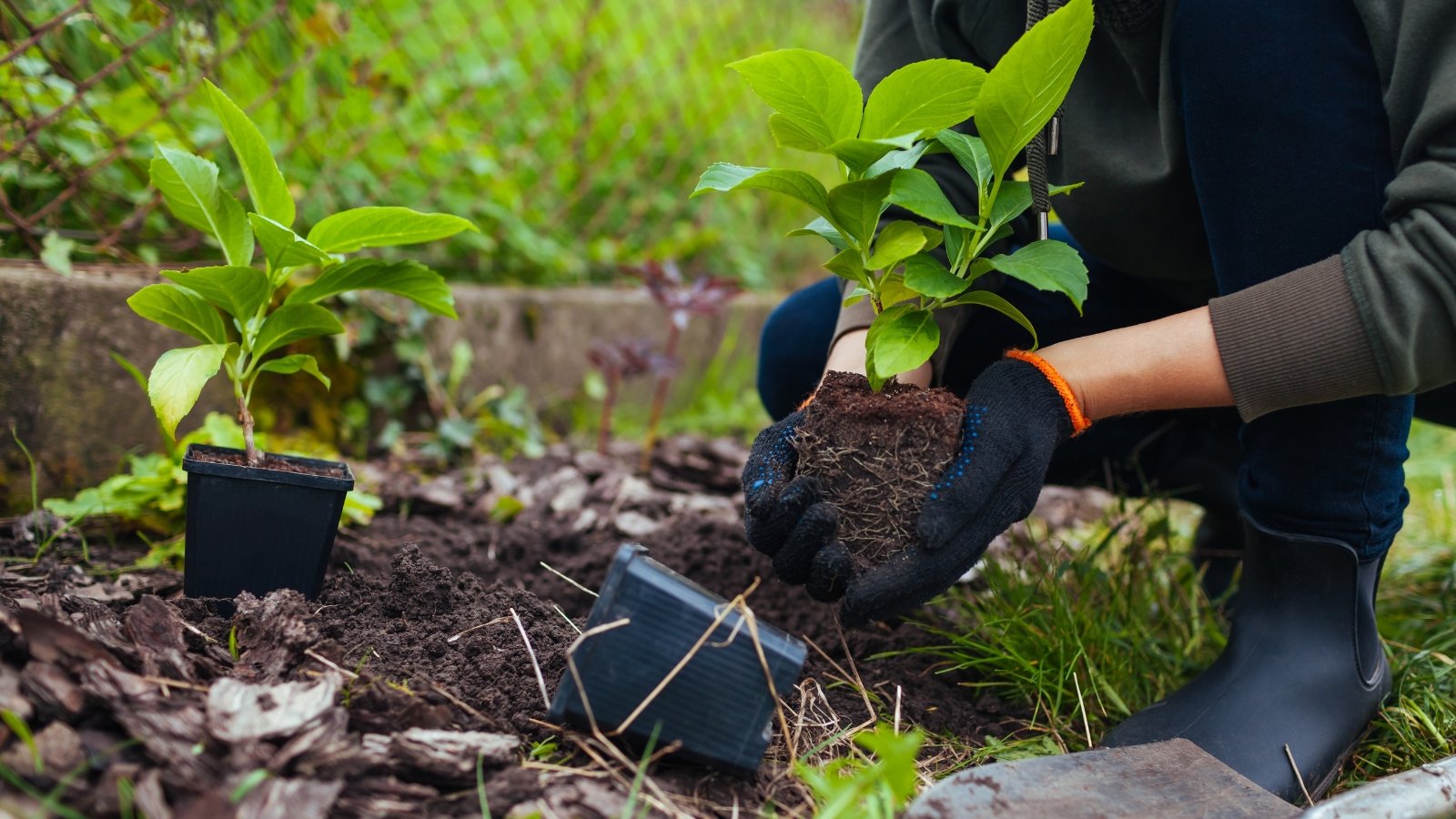

Seize your gardening gloves, the time has come to transplant a potted highbush cranberry or different viburnum species to a everlasting location. Cool spring and fall days are glorious occasions for transplanting. Put together a gap barely wider and deeper than the pot wherein your plant is presently rising. Add any soil amendments and compost and blend it in with the soil.
Rigorously take away your viburnum from its pot and place it within the gap. If the roots are curled round within the pot, gently unfold them out into the opening. Ensure that the major stem or stems are standing upright and never tilted to the facet, then backfill the opening across the roots with recent soil. Water your plant effectively instantly after transplanting and for the primary a number of days to assist it modify to its new residence.
Tips on how to Develop
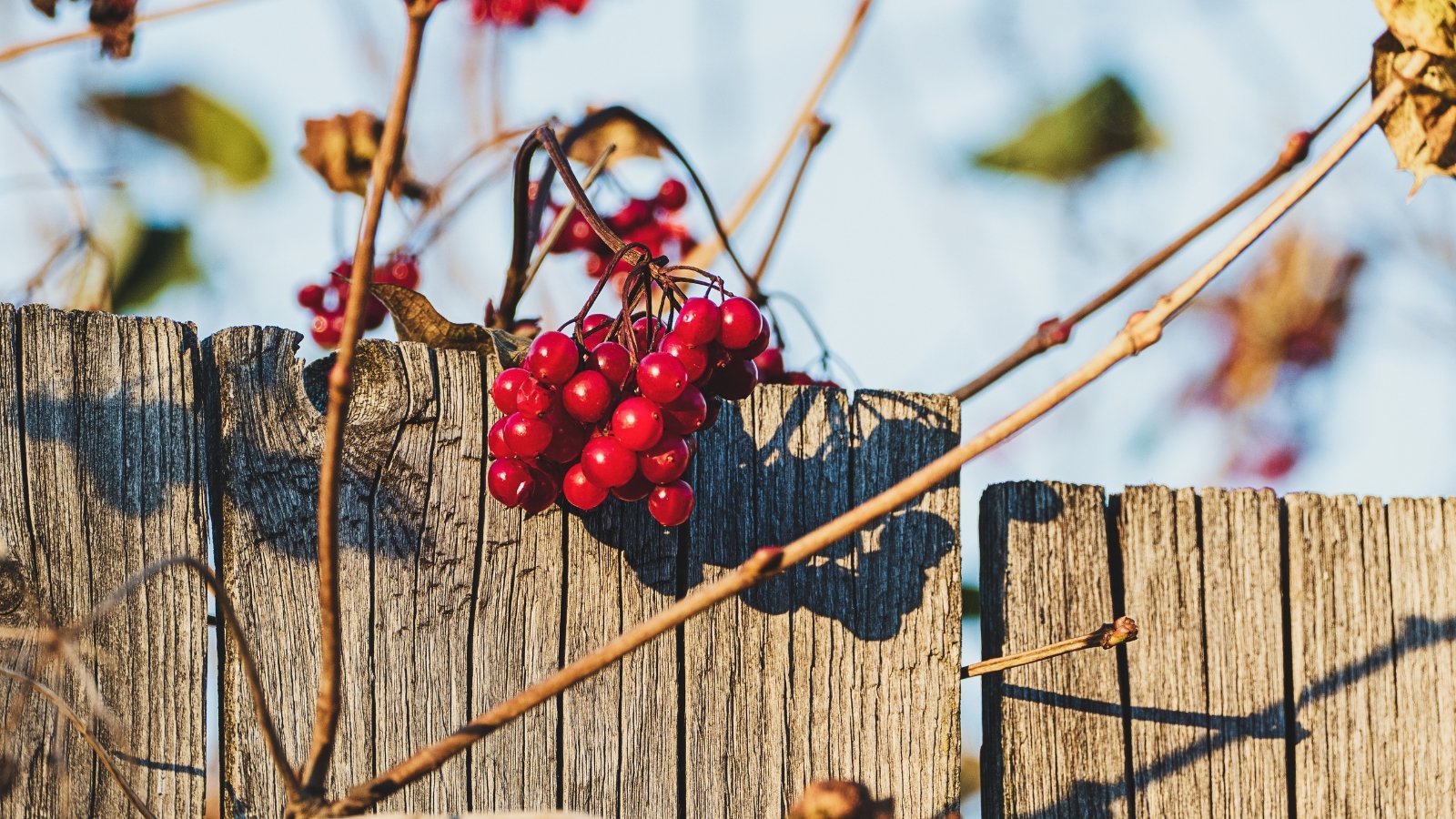

Highbush cranberry is simple to develop. When you’ve got good rising circumstances for these crops, you shouldn’t have any points, and you’ll get pleasure from a delightful, low-maintenance decorative and fruiting shrub on your panorama.
Daylight
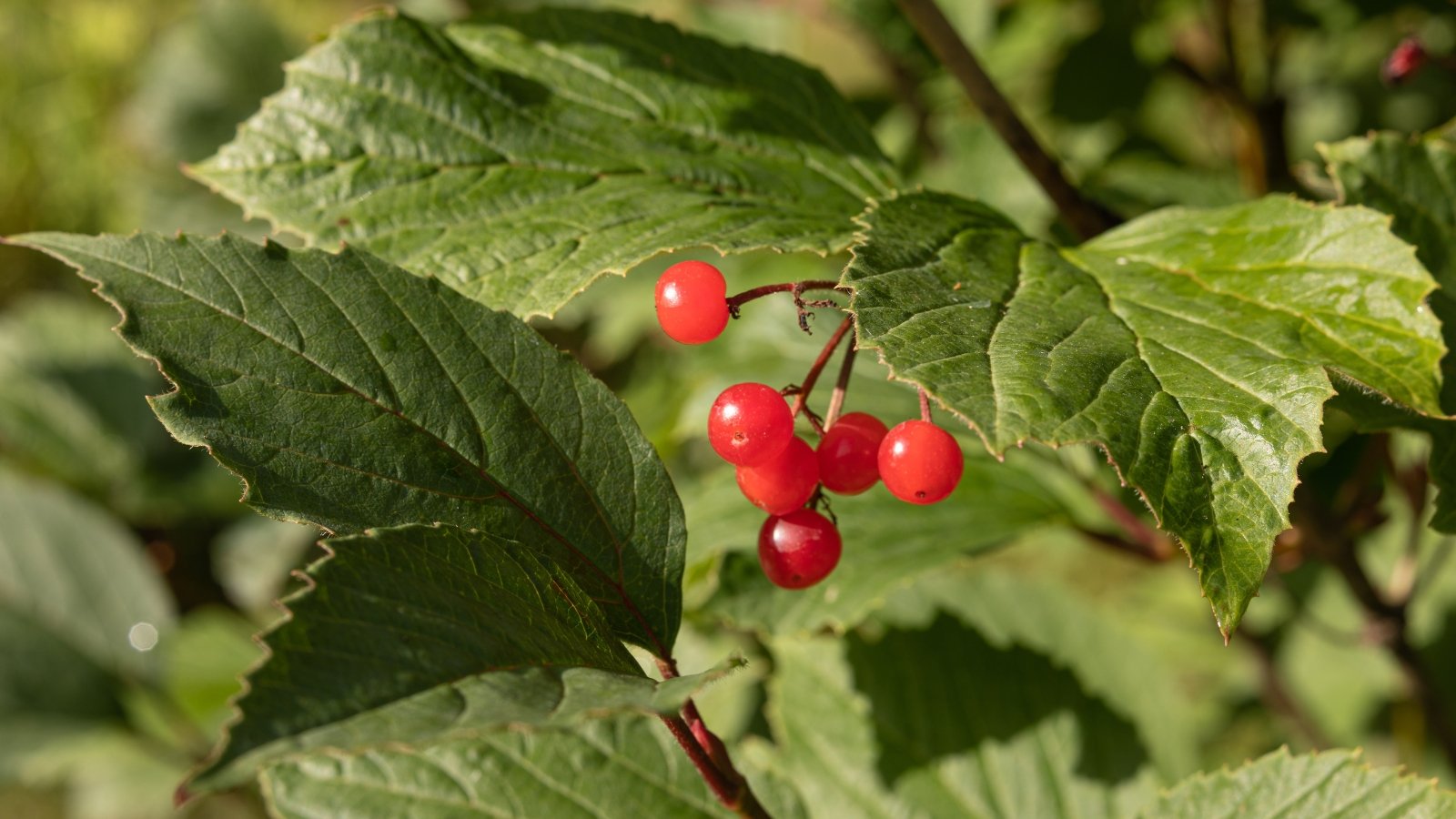

These shrubs develop effectively in full solar to partial shade. Of their pure atmosphere, they’re understory crops tailored to partially shaded habitats. In hotter elements of their vary, particularly, they do respect safety from intense afternoon daylight.
Water
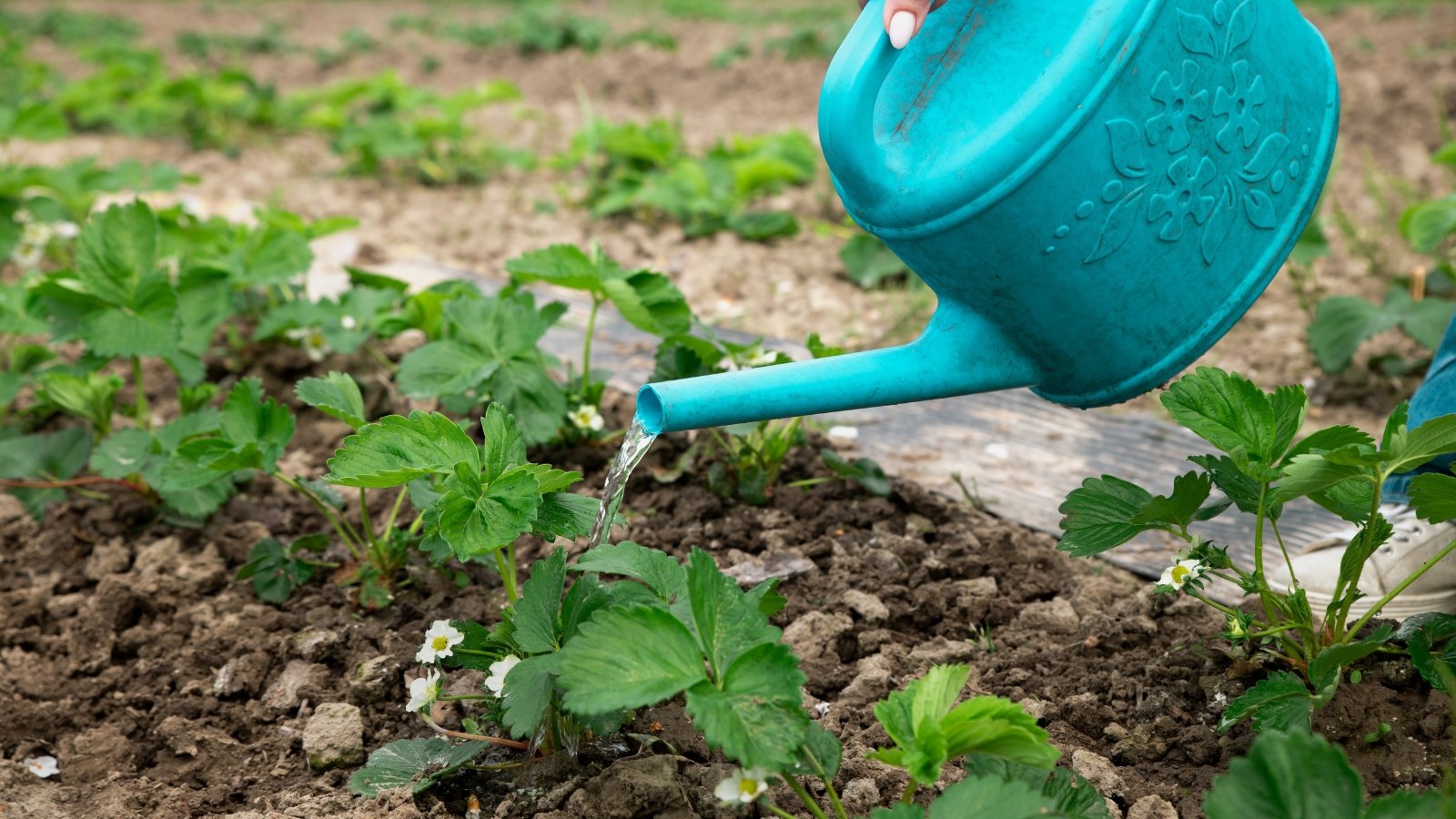

Highbush cranberry wants common soil moisture. In case your soil dries out incessantly, you’ll must do some additional watering. These crops are tailored to rising in moist circumstances and usually are not drought-tolerant.
Soil
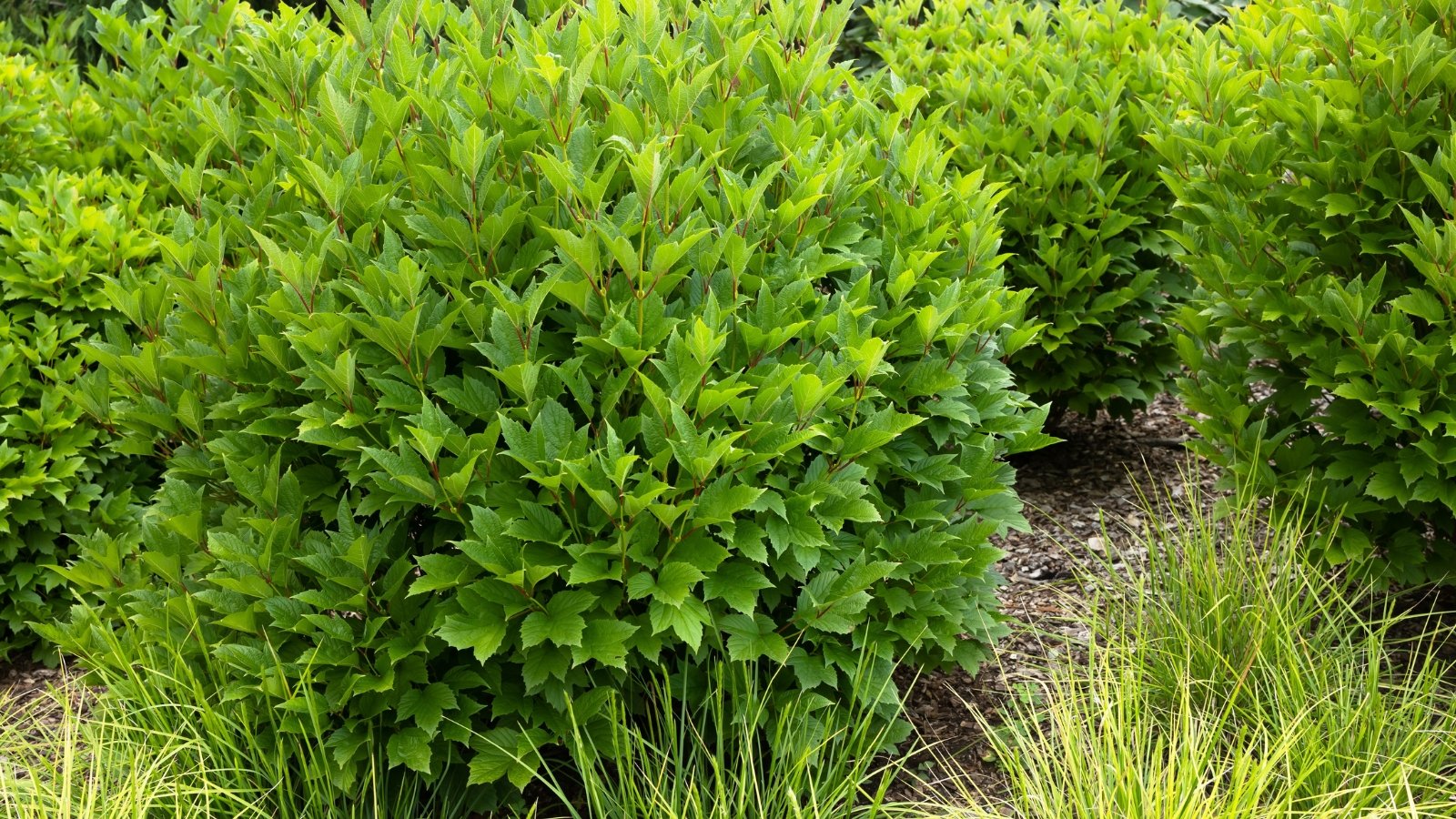

These shrubs tolerate all kinds of soil circumstances however do greatest in organically wealthy, moist soils with good drainage. The soil needs to be acidic with a pH of 6.0 or much less. In case your soil is poor high quality, contemplate including some soil amendments similar to natural compost on the time of planting to supply some added diet.
Local weather and Temperature
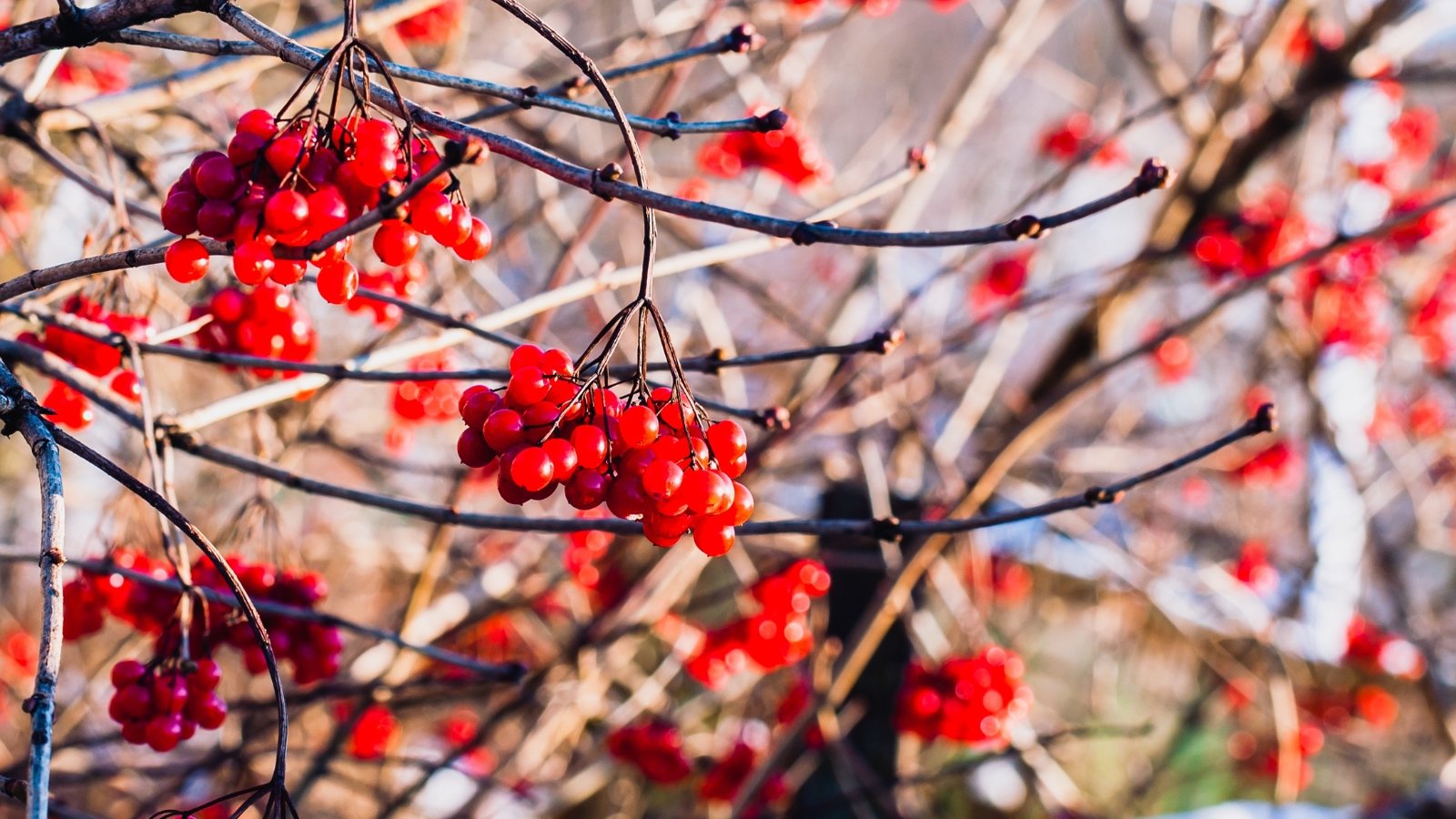

Highbush cranberry is hardy in USDA Plant Hardiness Zones 2 by way of 7. It prefers cooler climates and received’t sometimes develop effectively in any of the southern states, besides in increased elevation mountainous areas away from warmth and humidity. It’s best tailored to outlive within the north-central and northeastern states.
Fertilizing
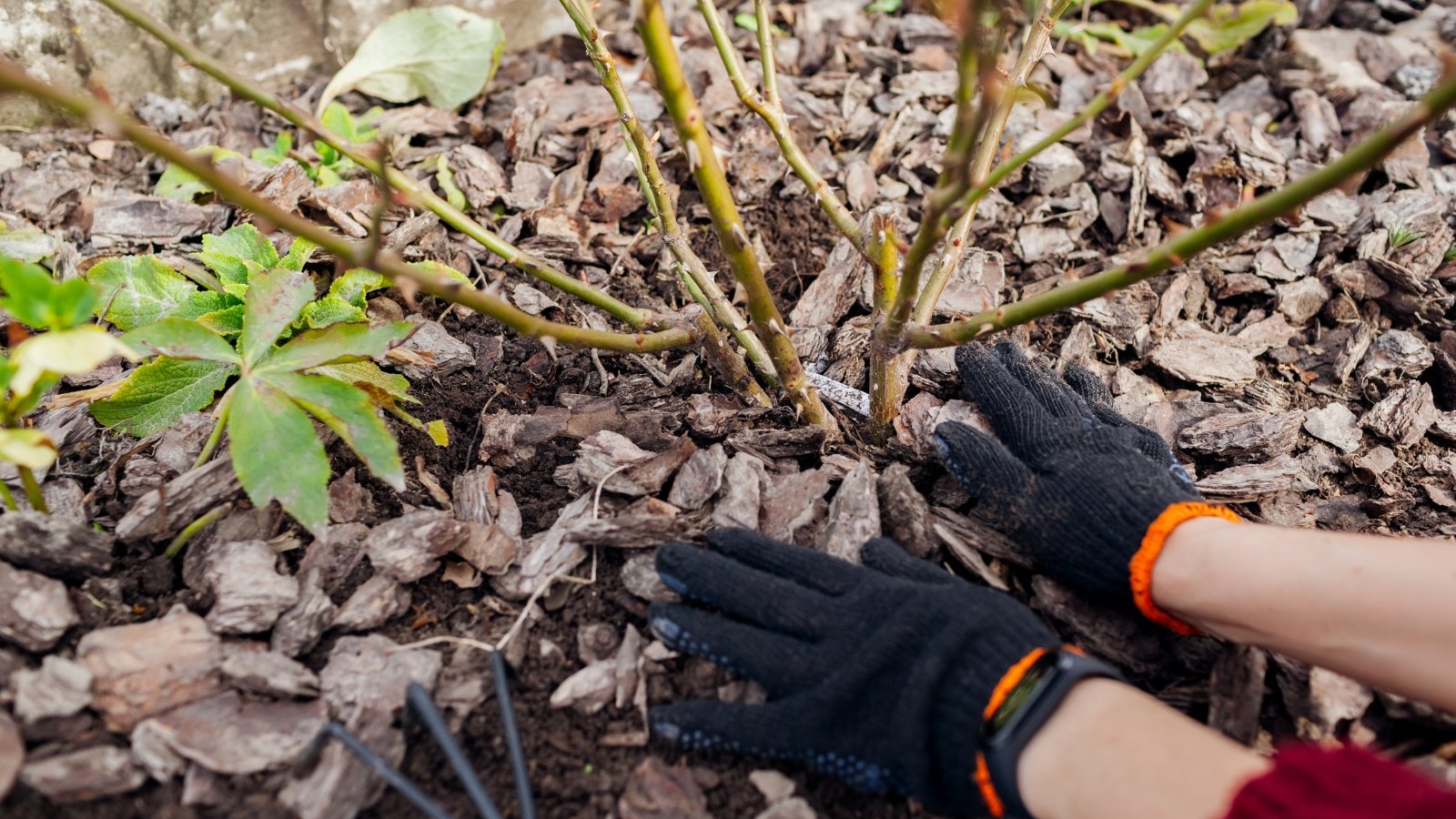

Reasonably than including artificial fertilizers, add mulch round your viburnums annually. The mulch will assist hold the roots cool and moist and because it breaks down, it would add natural materials to the soil. Shredded leaf mulch and natural compost make glorious nutrient-rich mulching supplies.
Upkeep
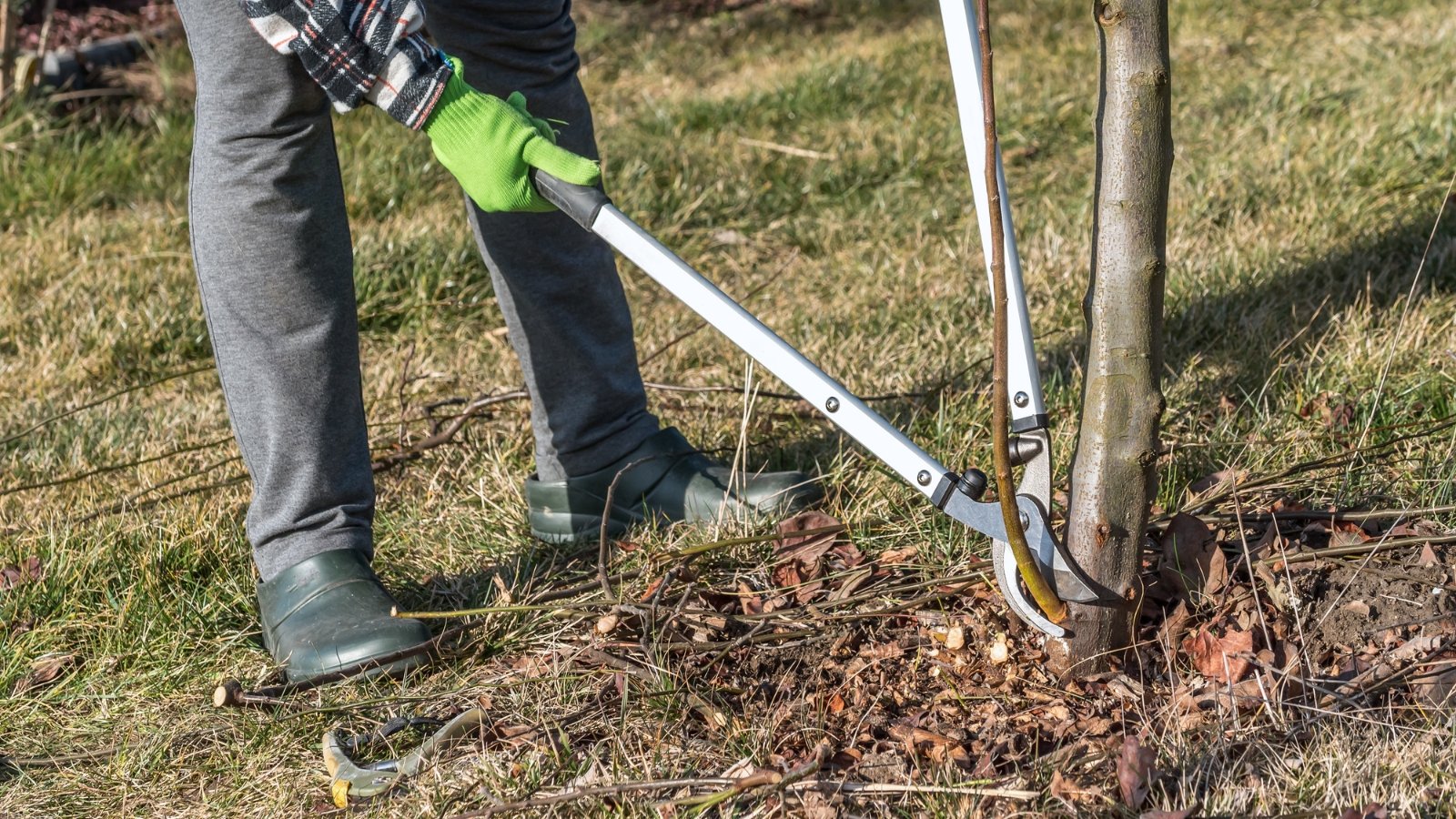

You shouldn’t must do a lot upkeep with these crops. Annual pruning will assist hold your bushes to a manageable measurement and form, nevertheless. Highbush cranberries do unfold by suckering, however not aggressively. Prune off undesirable root suckers annually. Do your pruning instantly after flowering to present the crops an opportunity to generate recent stems through the rising season.
Backyard Design
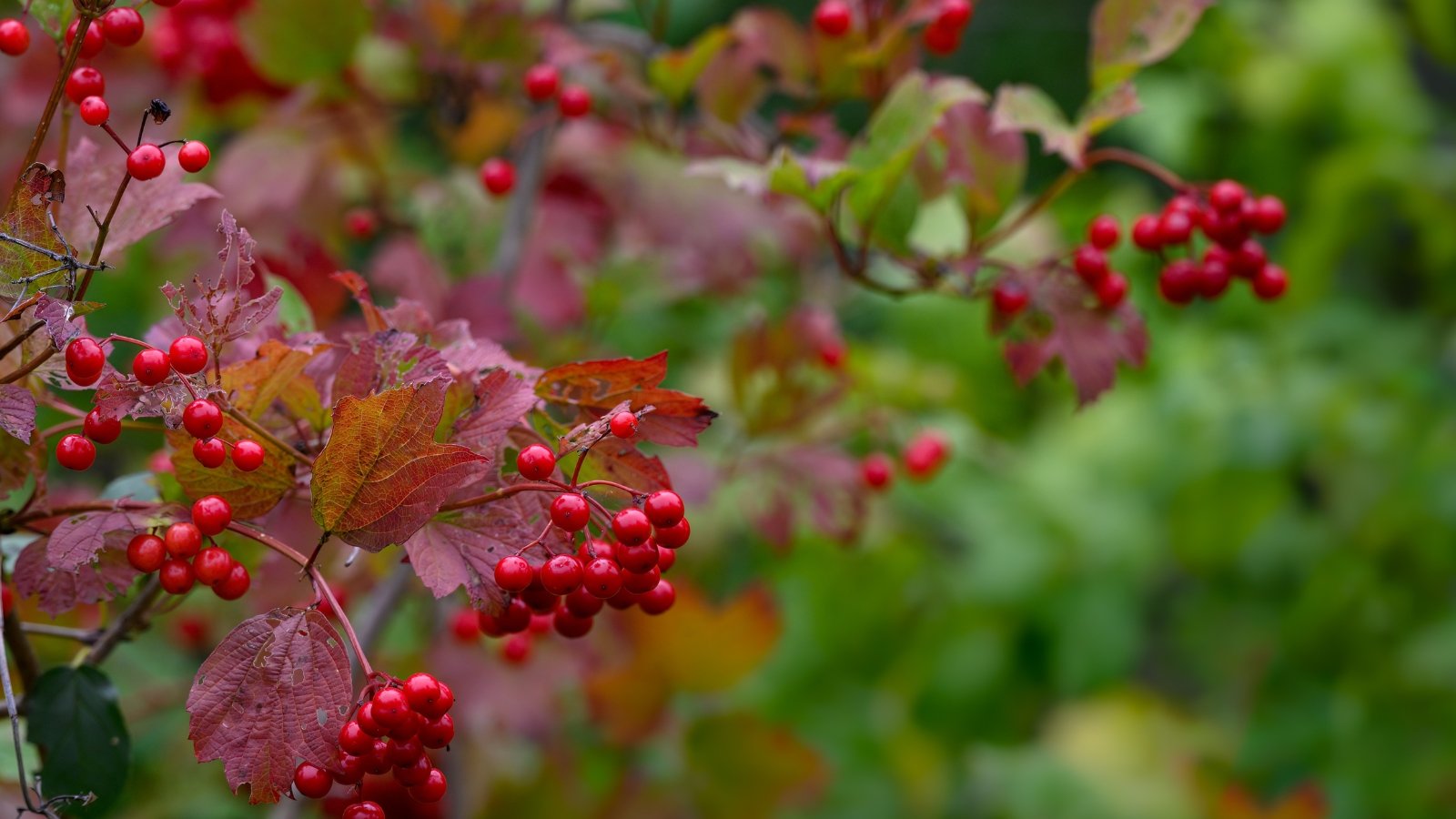

Highbush cranberry has extensively assorted makes use of and makes an interesting landscaping plant. If you’re searching for one thing that’s each decorative and edible, use it in your edible panorama for its showy spring flowers and tart fruits. If you happen to’re not a fan of jams and jellies, then develop it for the wildlife in your pollinator backyard or chook backyard.
Use highbush cranberry as an understory plant in a flippantly shaded woodland backyard. It’s an excellent possibility for a rain backyard or wetter web site, particularly when you’ve got a fixed supply of water close by, similar to a pond or small stream. Or use it as a part of a shrubby border on the fringe of a wooded space or as a hedge with a mix of equally sized deciduous and evergreen shrubs.
Varieties
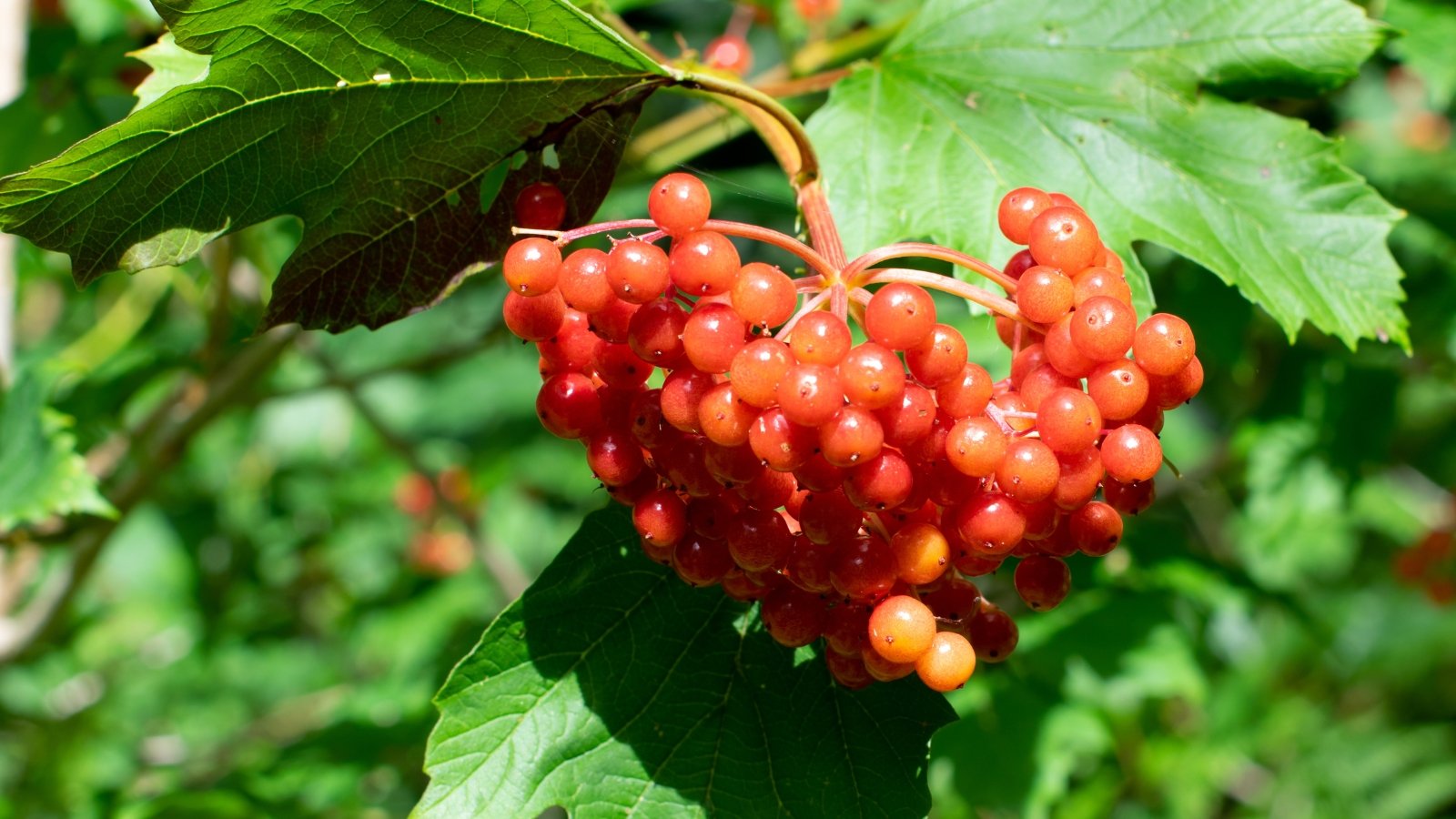

A number of distinctive cultivars can be found for various makes use of:
‘Baily Compact’ is a dwarf cultivar that grows 5 to 6 toes tall. This properly rounded shrub makes a great hedge or shrub border. Within the fall, its leaves flip a wealthy crimson colour.
The cultivar ‘Compactum’ is a smaller selection of the highbush cranberry. It reaches a full top of 5 to 6 toes with a rounded kind. This cultivar has yellow fall foliage.
The ‘Hahs’ cultivar grows six to eight toes excessive and equally as vast. If you’re hoping to develop highbush cranberries for good fruit harvests, this cultivar could also be of curiosity. It has been bred to supply excessive fruiting yields. The crimson fall foliage can be a notable deal with.
‘Wentworth’ is an American cranberrybush cultivar that grows eight to 10 toes tall. Its autumn-bearing vibrant crimson fruits glow within the morning solar, and its bronze-red fall foliage is bound to please.
Wildlife Worth
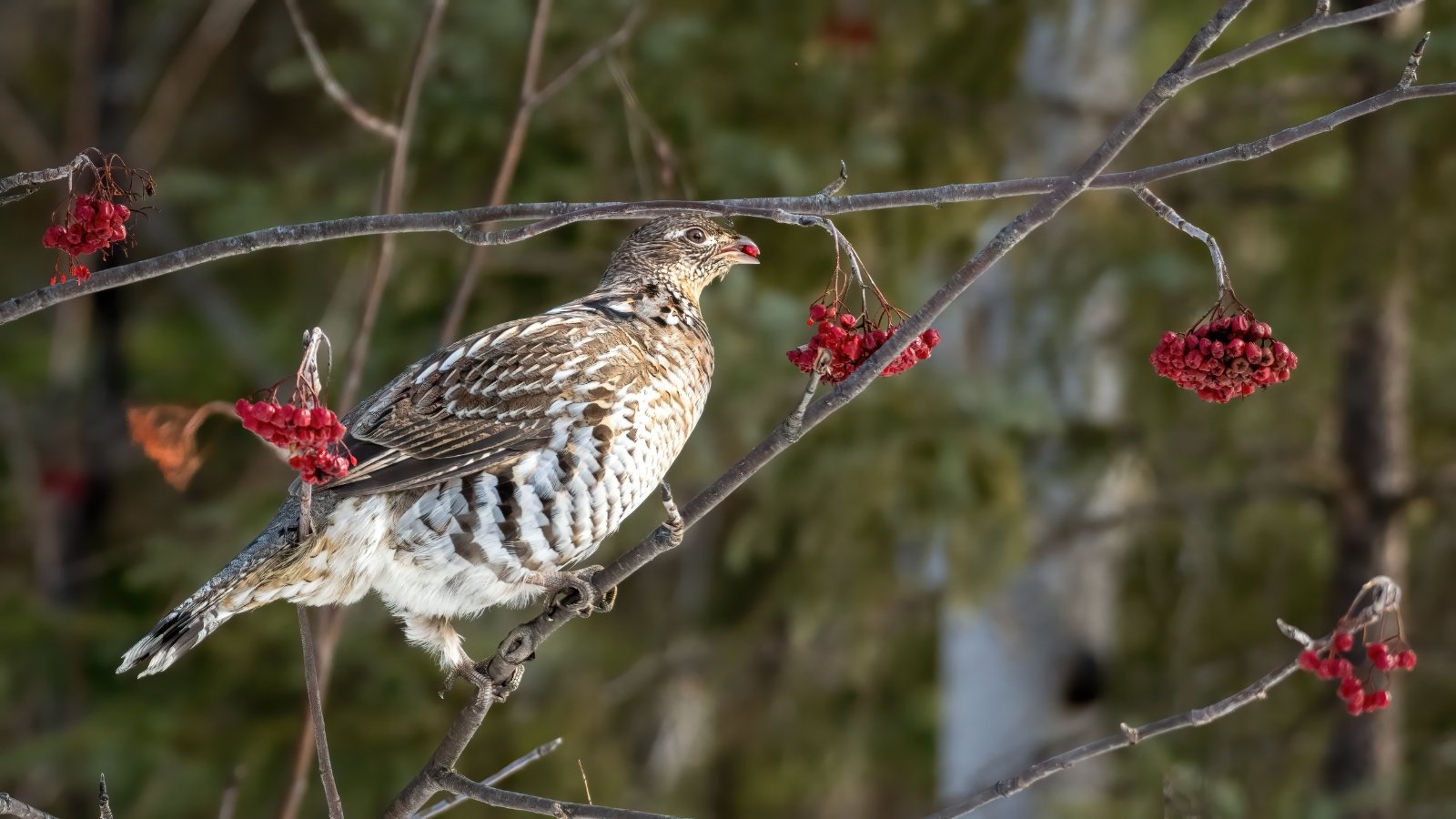

Highbush cranberry is a wonderful wildlife-friendly plant on your panorama. It blooms within the springtime and provides pollinators an considerable provide of early-season nectar. Any butterflies and bees within the neighborhood will come for a go to, and you’ll tempt them to remain longer by rising a couple of different early-season nectar crops. It’s also a larval host plant for the spring azure butterfly caterpillar.
Wait till fall for the showy crimson fruits, referred to as drupes. These drupes are simply the suitable measurement for fruit-eating birds to pluck from the stems and revel in a tasty deal with. As your highbush cranberry matures into its full measurement, it creates a secure and shrubby habitat for birds to forage, search refuge, and construct their nests.
Widespread Issues
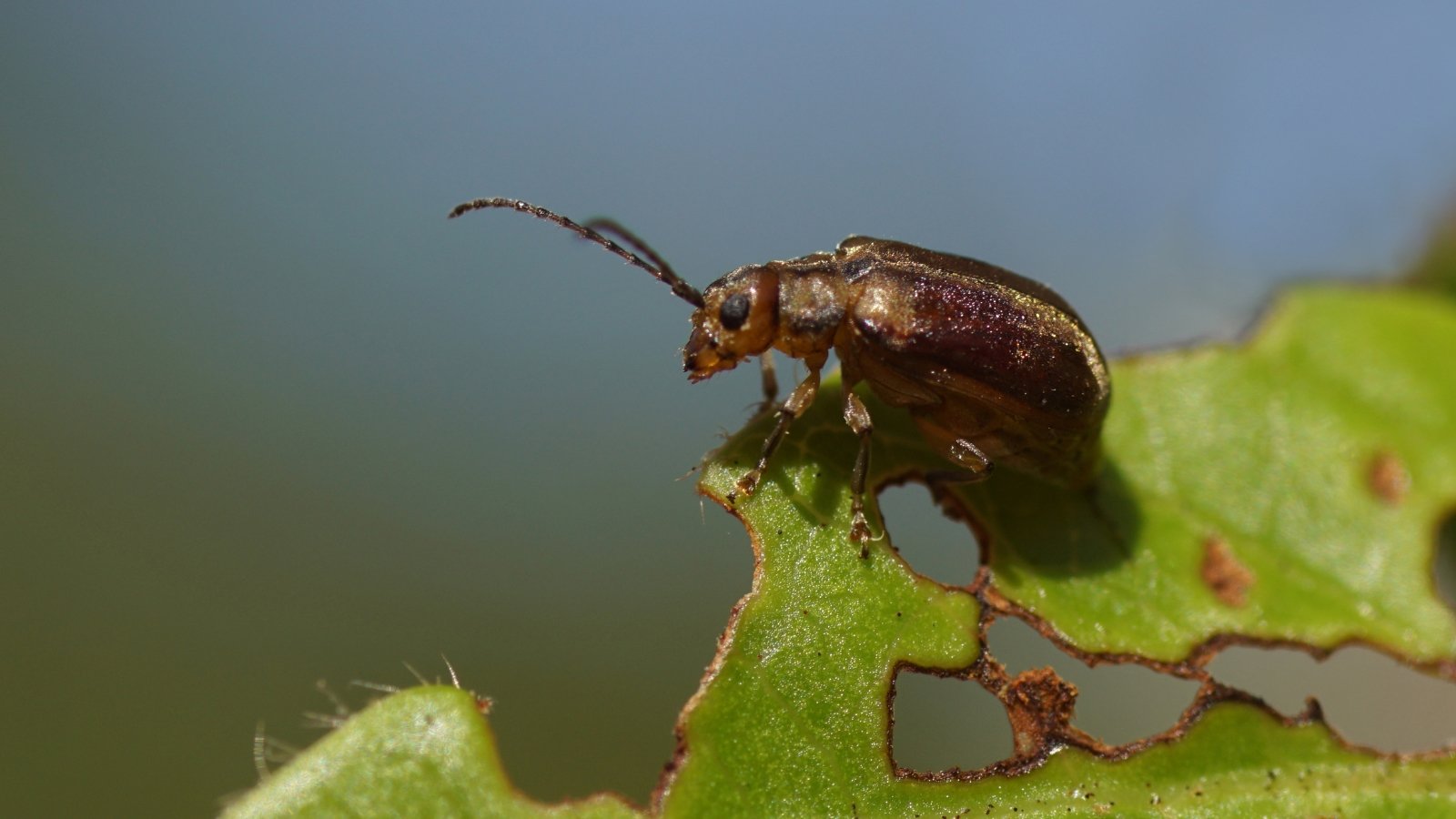

Highbush cranberry is often hardy and trouble-free. It’s possible you’ll sometimes run into issues with insect pests, nevertheless. Be looking out for any potential points so you’ll be able to establish the trigger and proper issues early.
Aphids – Aphids are ubiquitous backyard pests that collect in massive numbers to suck plant juices with their tiny piercing mouthparts. These soft-bodied bugs seem grey, inexperienced, yellow, pink, or white and, whereas small, are clearly seen.
Aphids weaken crops however don’t typically kill them. They do, nevertheless, invite different ailments, similar to molds and different fungal ailments. Spray aphid clusters with a jet of water to dislodge them and disturb their colonies. That is typically sufficient to forestall them from inflicting severe harm.
Viburnum crown borer – The viburnum crown borer is a moth whose larvae bore into the bark of viburnum crops. These larvae feed on the decrease trunks of the crops and trigger plant weak spot and, in the end, demise. Borers are drawn to burdened crops, so the primary line of protection is to develop your viburnum in a perfect habitat and hold it wholesome. If you happen to suspect a crown borer infestation, useful nematodes can be utilized to fight the borers.
Viburnum leaf beetle – Viburnum leaf beetles that feed completely on completely different species of viburnum. These invasive pests had been launched from Europe and trigger extreme leaf harm. The grownup beetles are golden brown and about ¼ inch lengthy. The big are grub-like and develop as much as about ⅓ inch lengthy. They are often seen feasting on the leaves and chewing massive holes. Neem oil and insecticidal cleaning soap will be efficient in killing the larvae however will have to be reapplied as wanted. Attempt to catch infestations early earlier than these pests trigger severe harm.
Ceaselessly Requested Questions
No. Whereas some fruiting crops require a minimum of two crops to efficiently set fruits, viburnums are self-fertile and can produce fruits with a single plant. When you’ve got a number of viburnums, you’ll in fact generate extra fruits, just because you’ve gotten extra bushes producing.
Sadly, it is extremely troublesome to inform the distinction. The flowers, leaves, and berries all look remarkably comparable. The European selection has very bitter fruits which are typically thought-about inedible, whereas the American native cranberrybush has tart however totally edible fruits.
When not fruiting, you’ll should look intently on the glands on the leaf stalk. Protruding rounded glands on the stems on the base of the leaves on the American highbush cranberry are rounded, not sunken inwards. The protruding glands on the stems on the base of the leaves on the European selection are flat-topped and sunken in with a little bit divet. It’s a really delicate distinction, however helpful to inform these two species aside.
Varied species of viburnum are well-liked landscaping crops. You would possibly discover highbush cranberry or one among its cultivars within the flowering shrubs part of your native backyard heart. You may as well examine for nurseries focusing on native crops or ask your nearest backyard membership or botanical backyard for a listing of respected native plant distributors.
[ad_2]
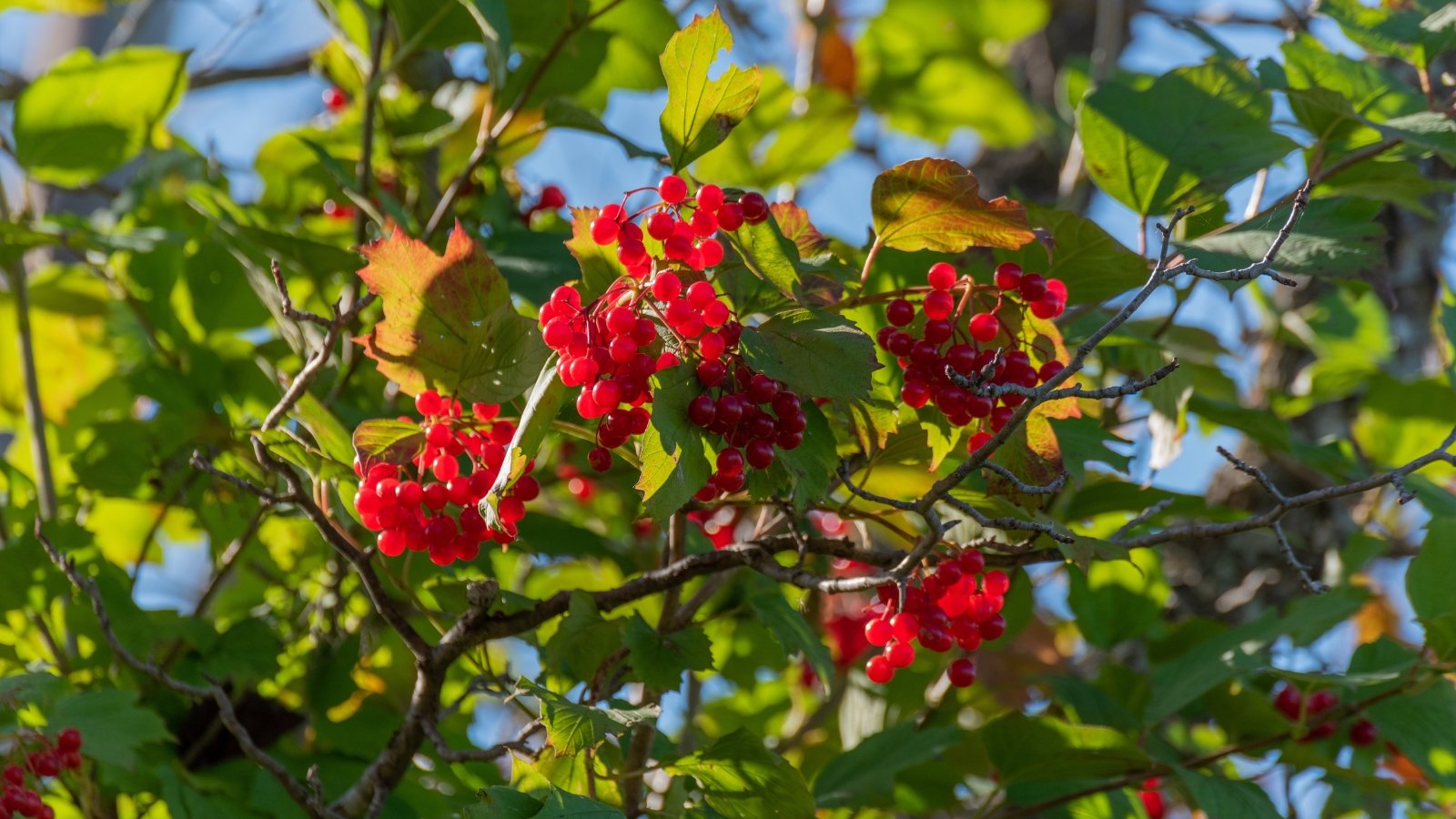
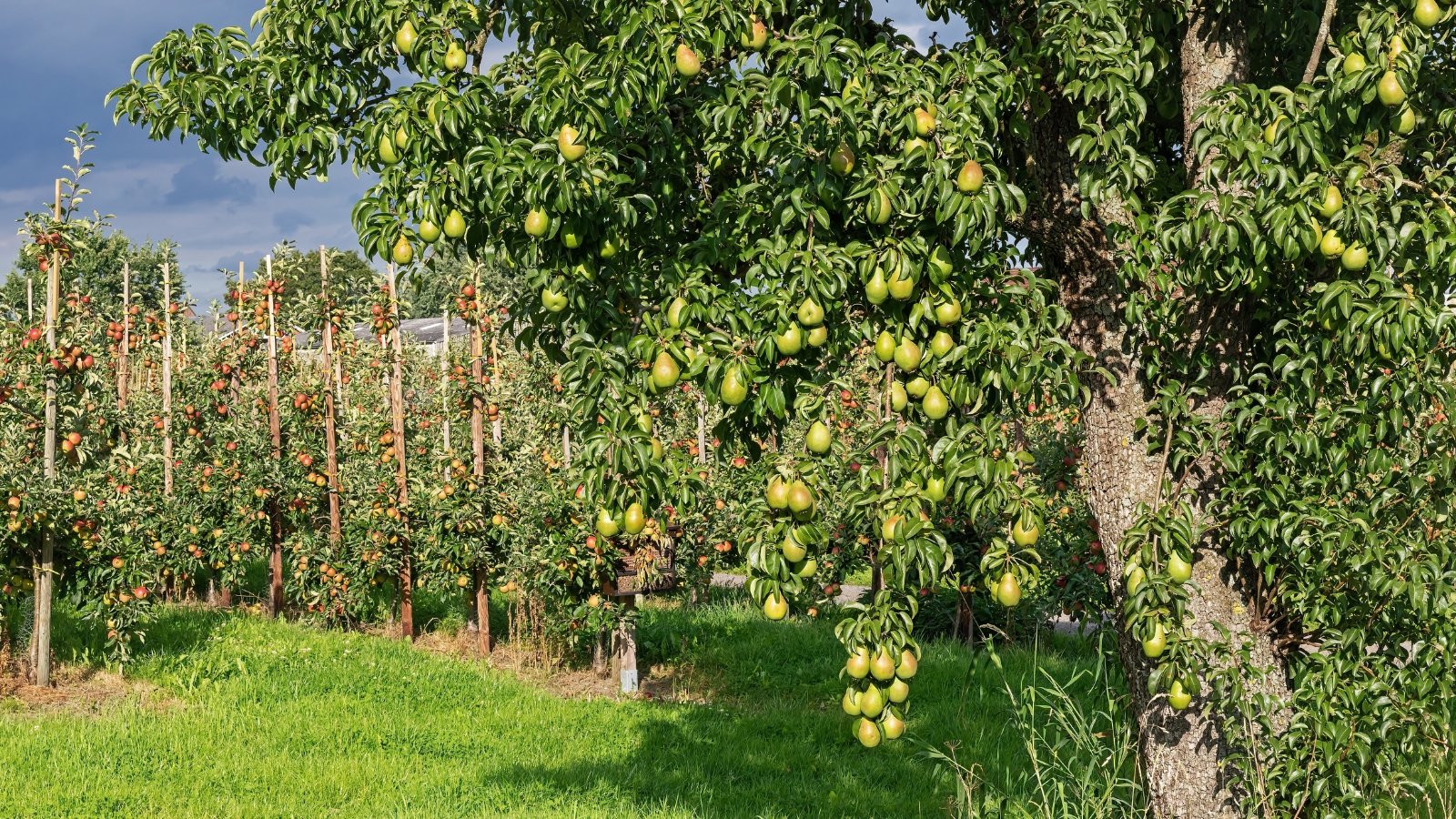
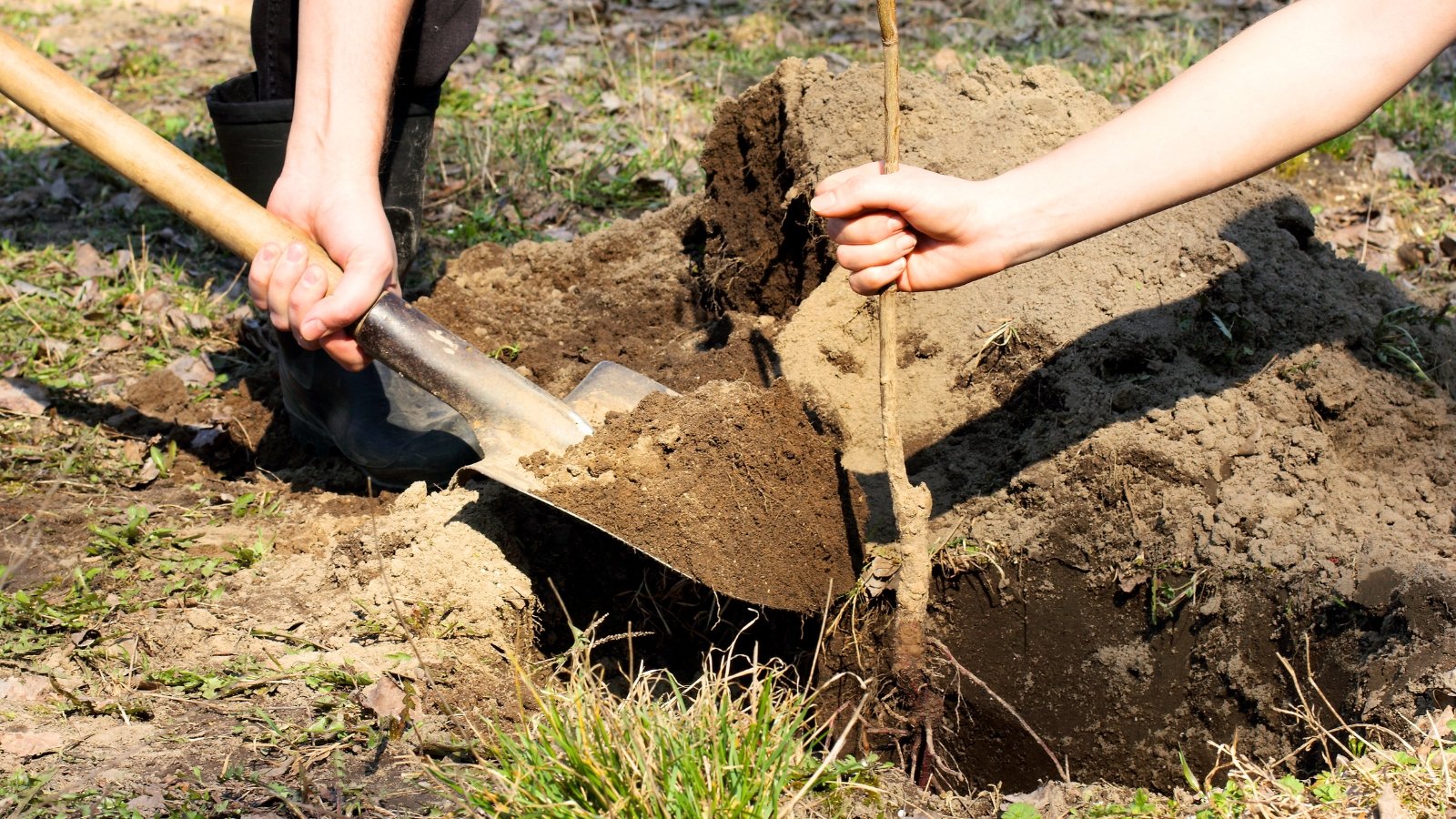
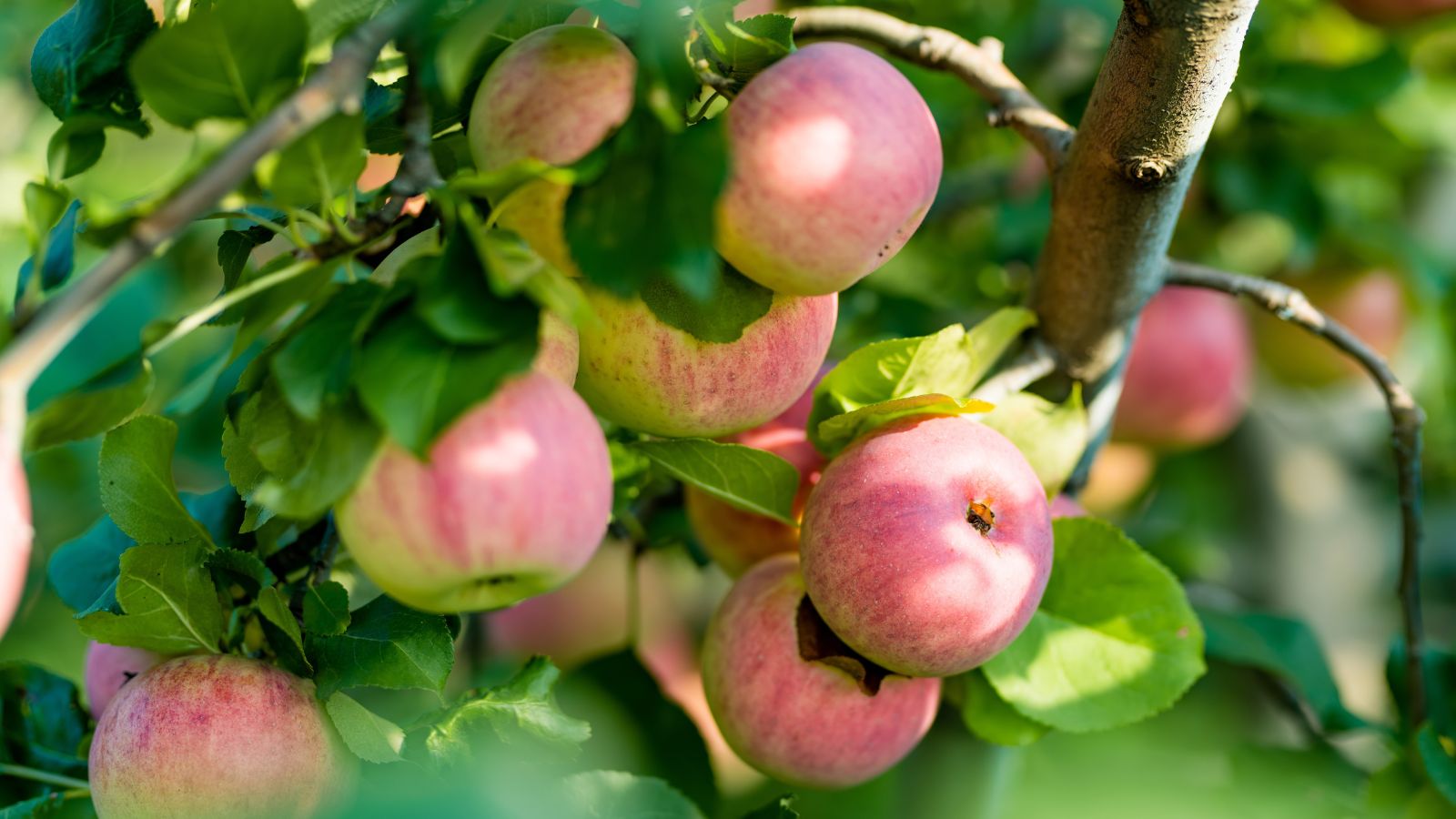
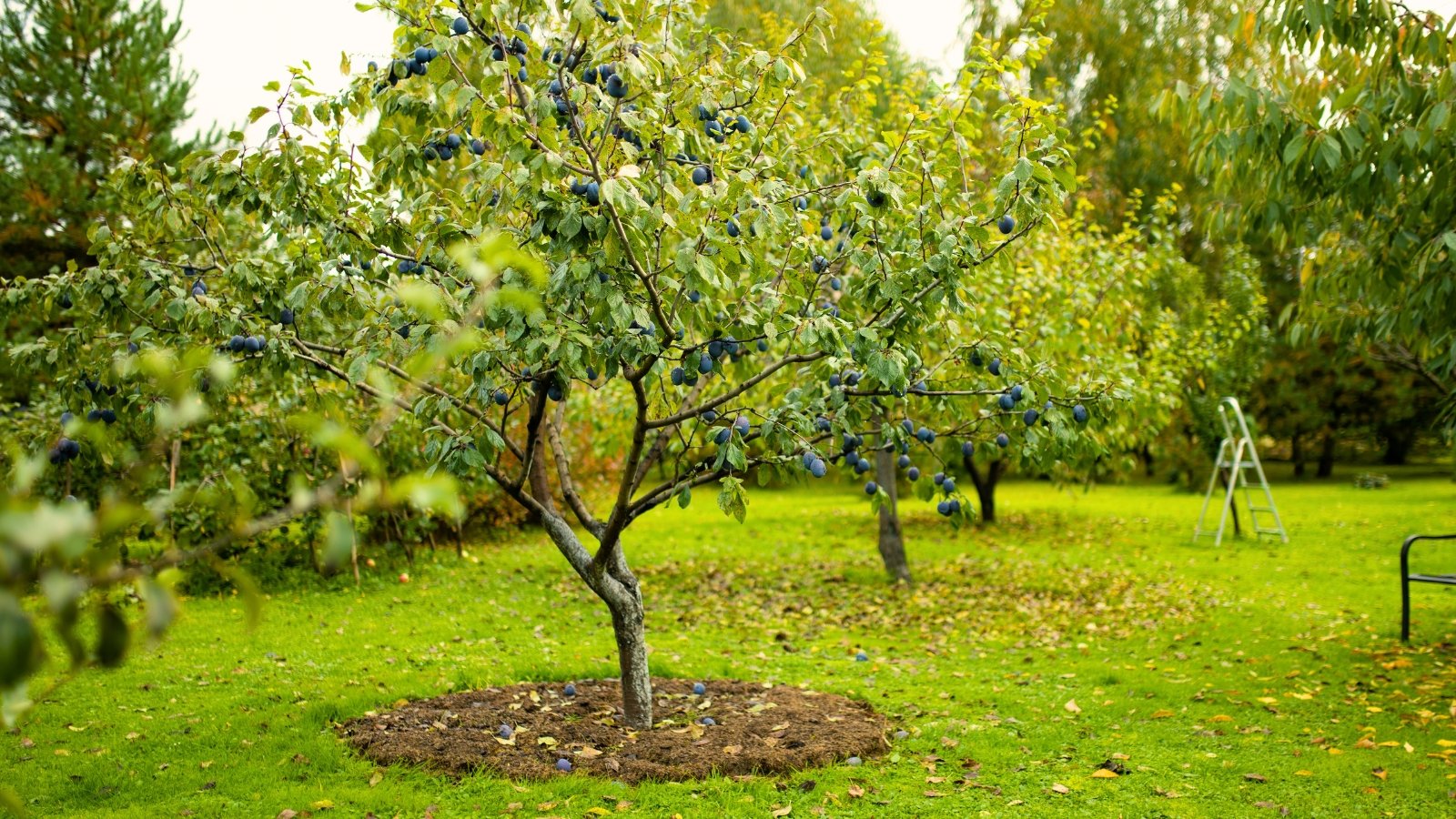
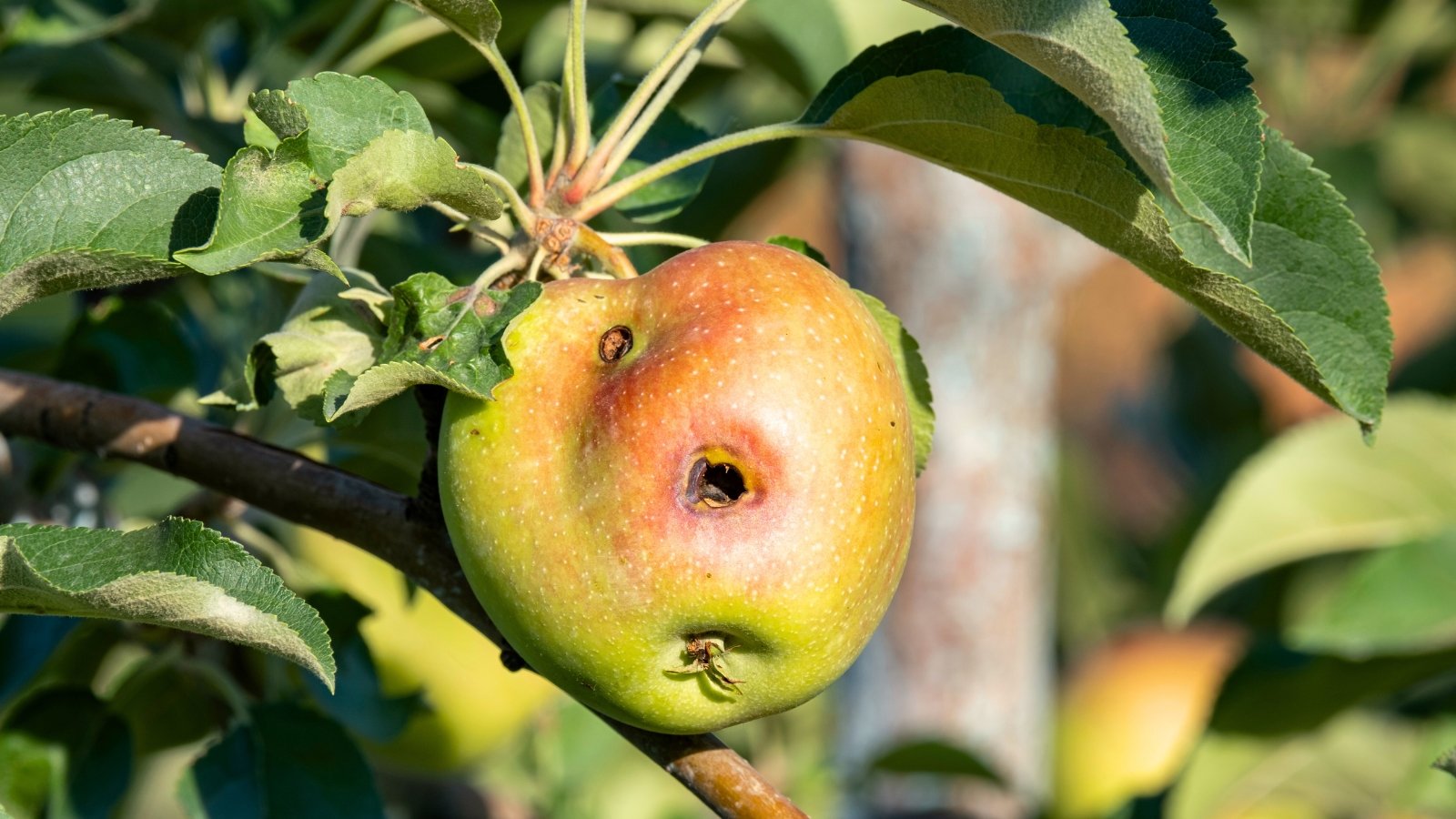
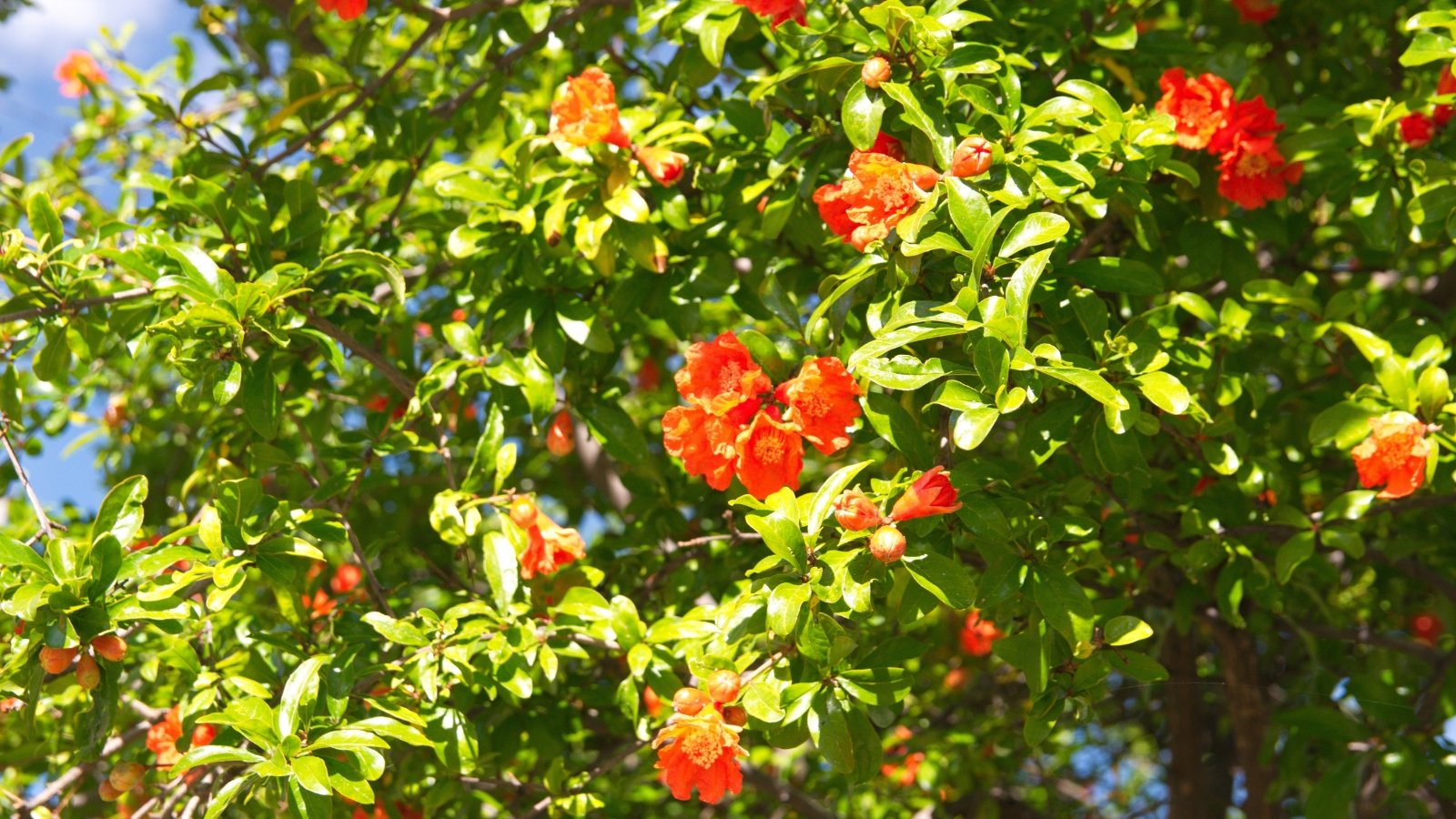
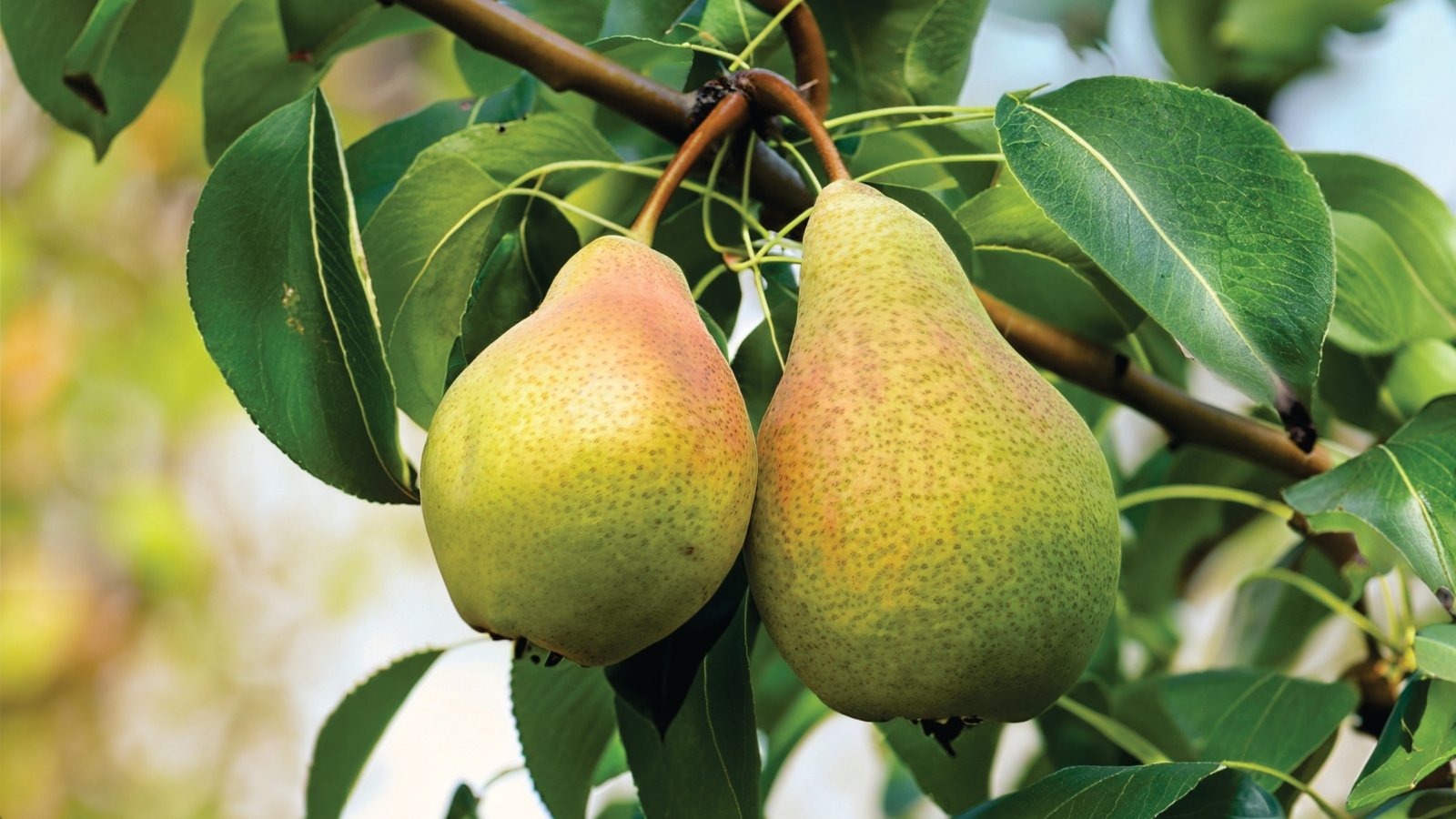
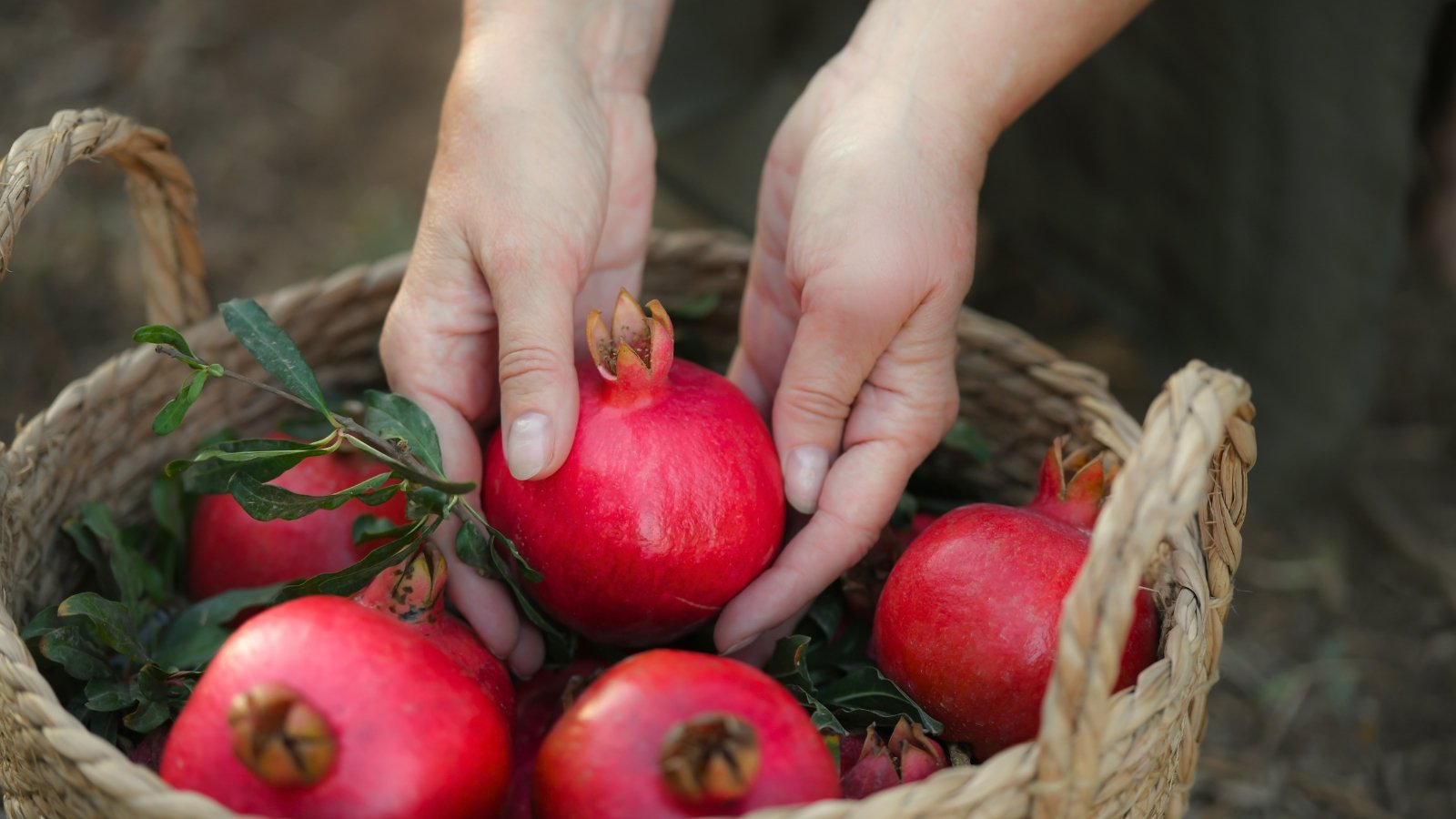
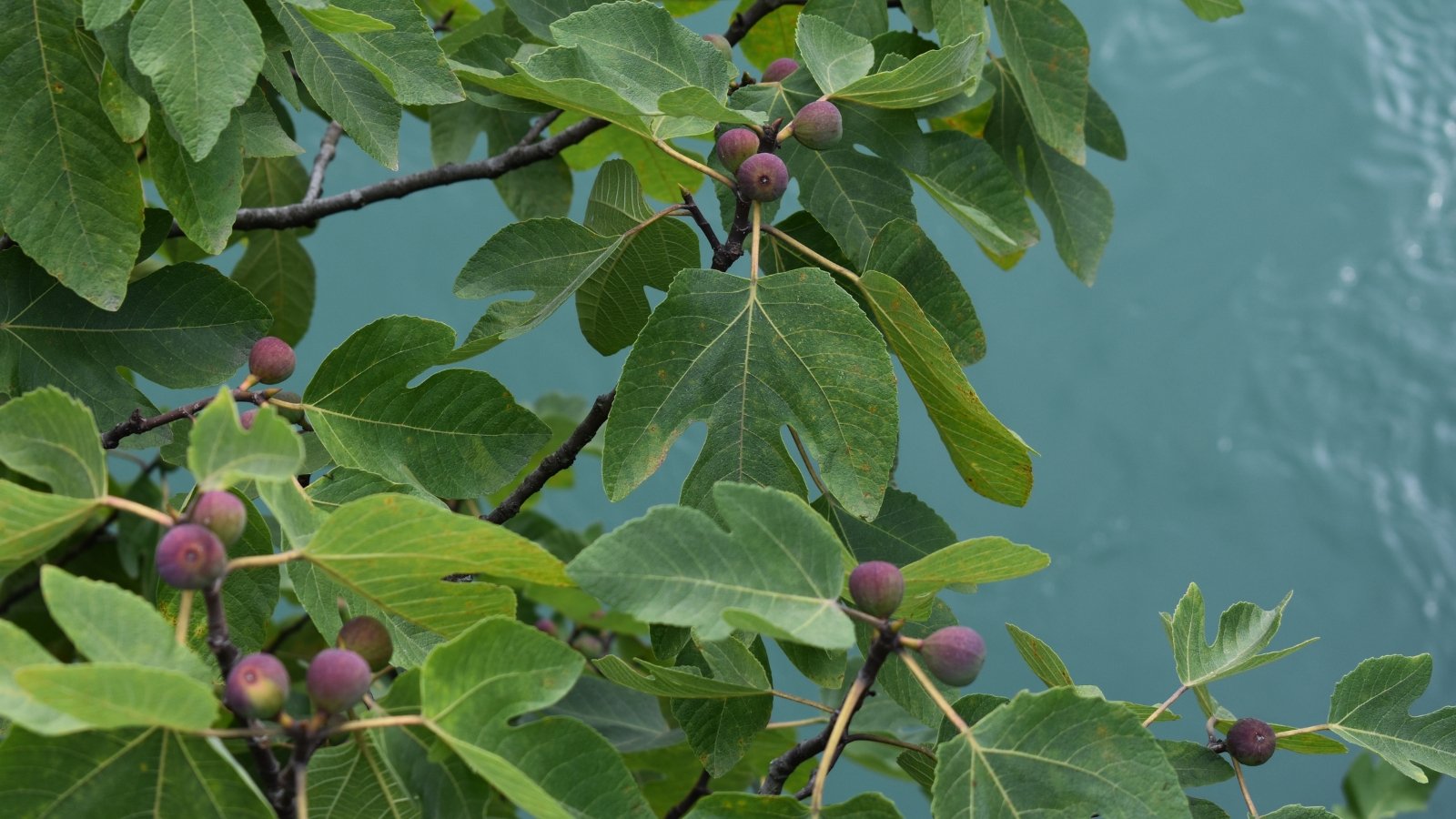
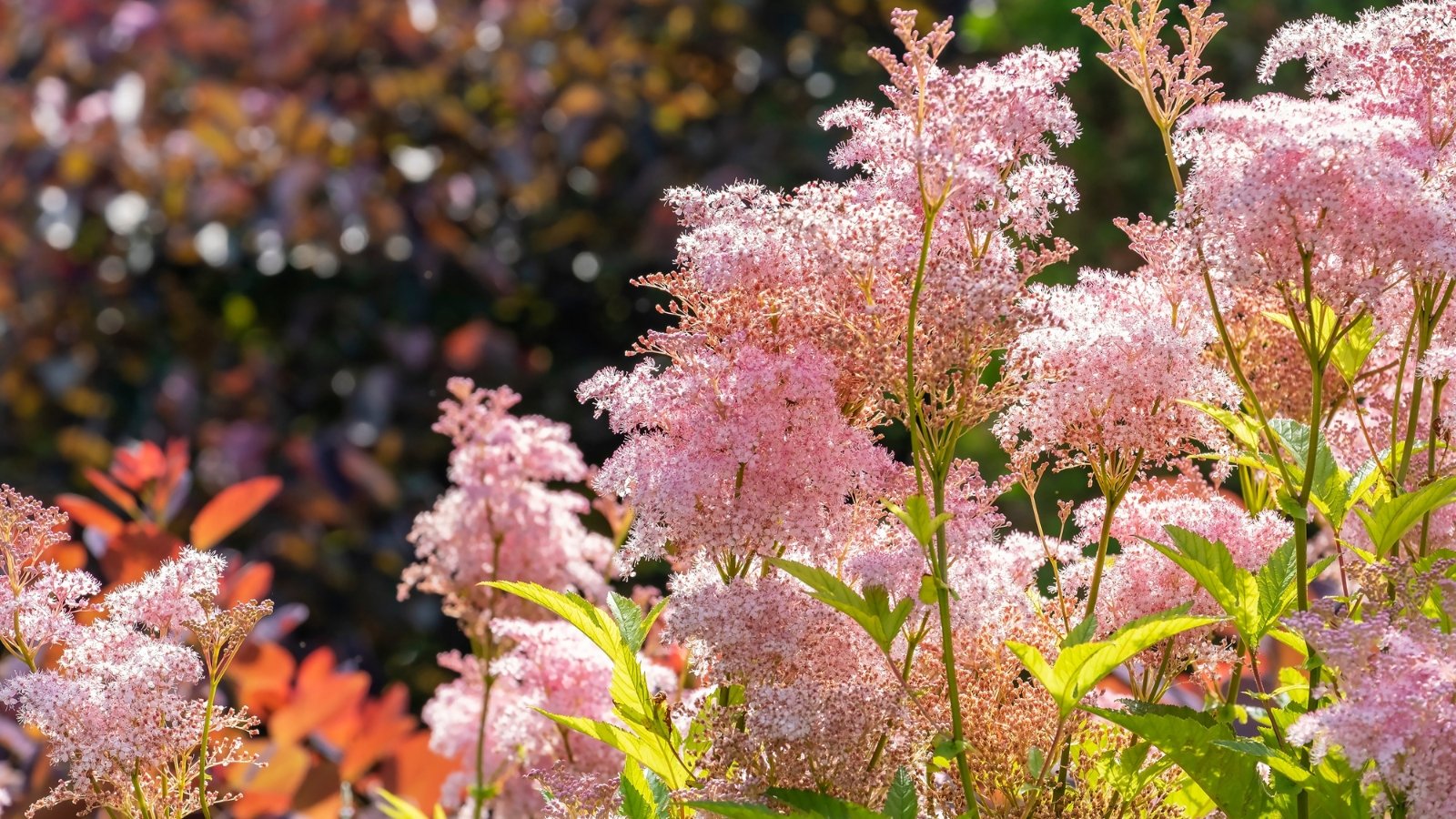

NatureNerd77
It’s good to see such an informative piece about native plants. The highbush cranberry seems like a great addition to a wildlife garden, especially with its edible fruits and ability to attract beneficial insects.